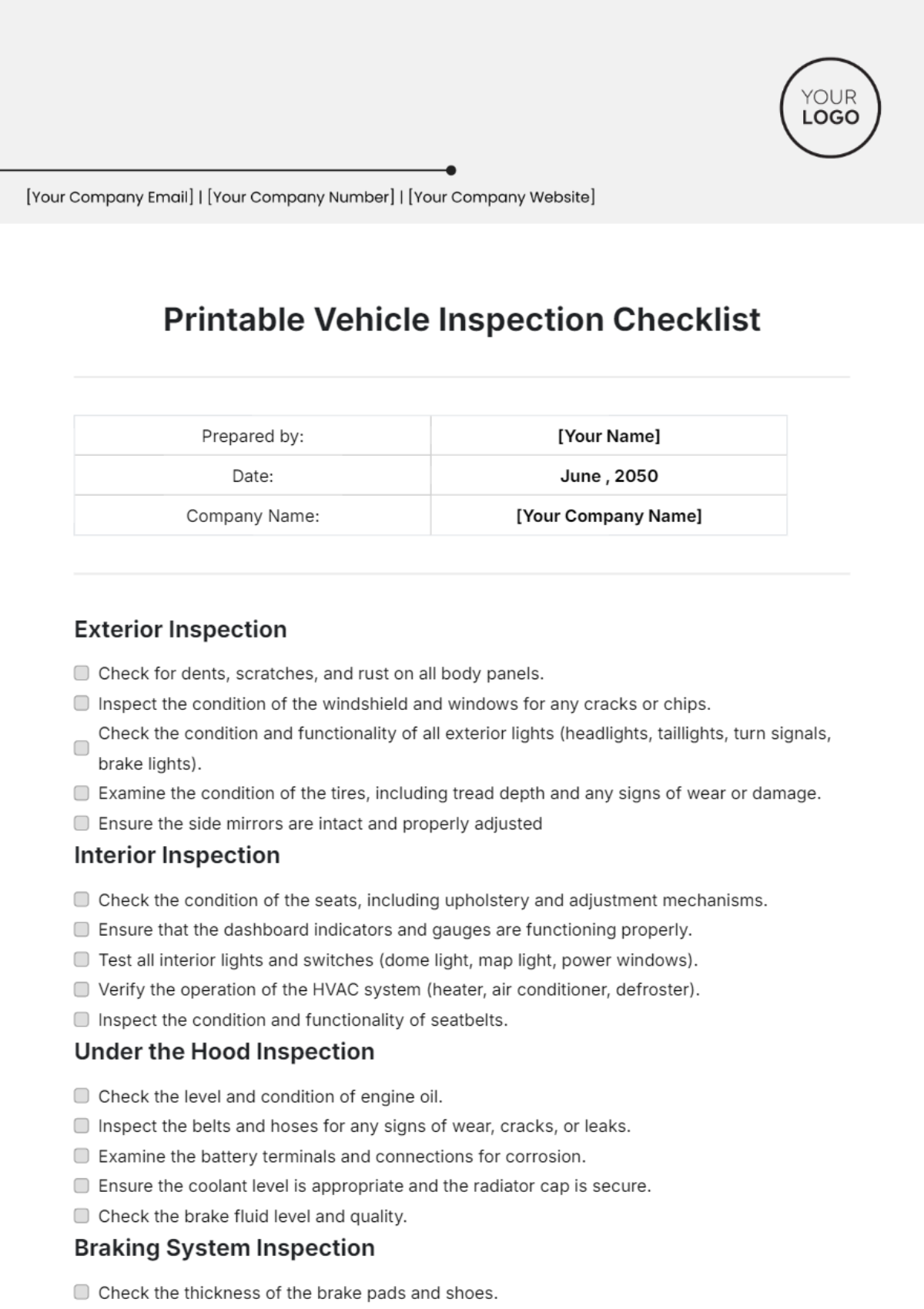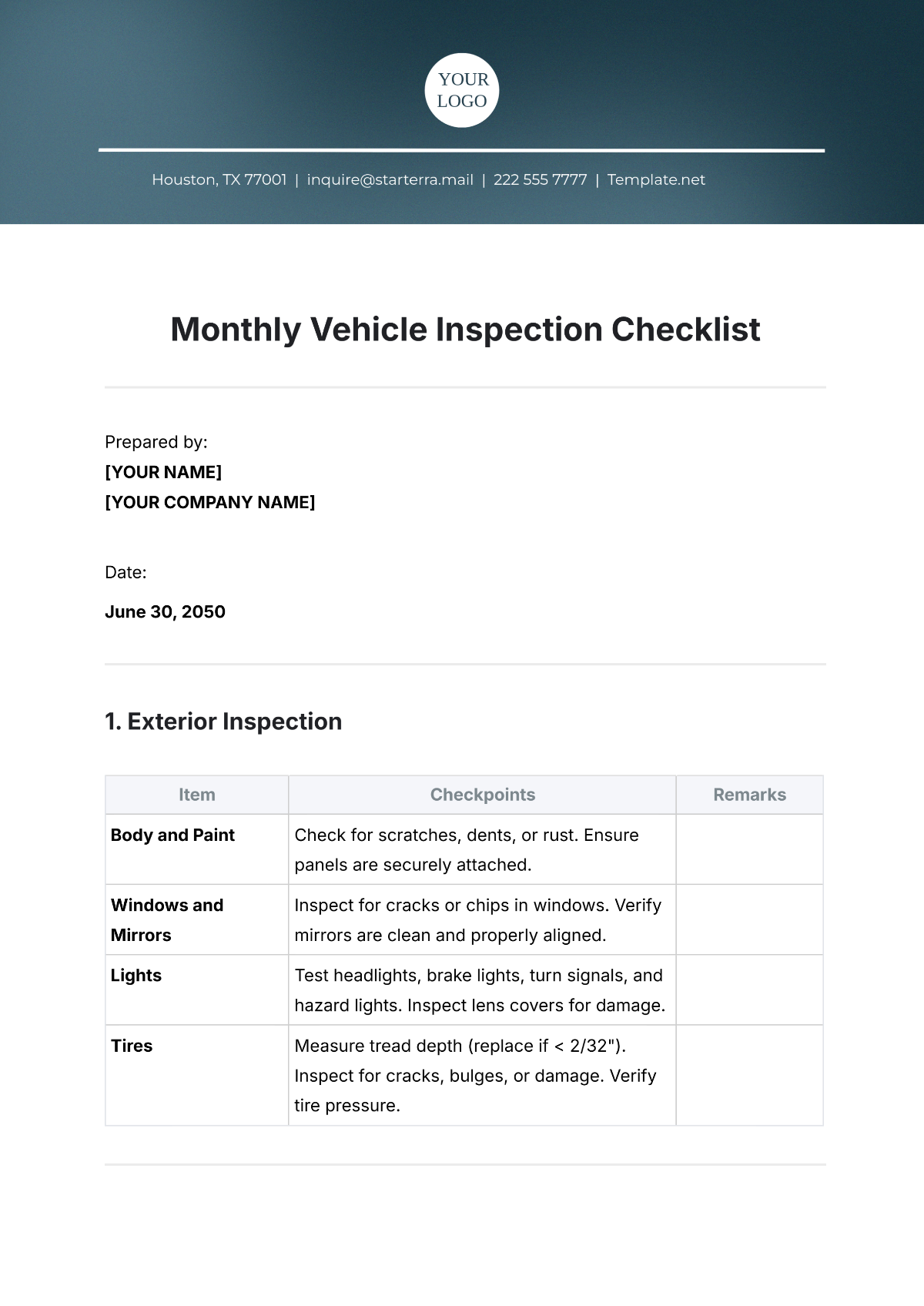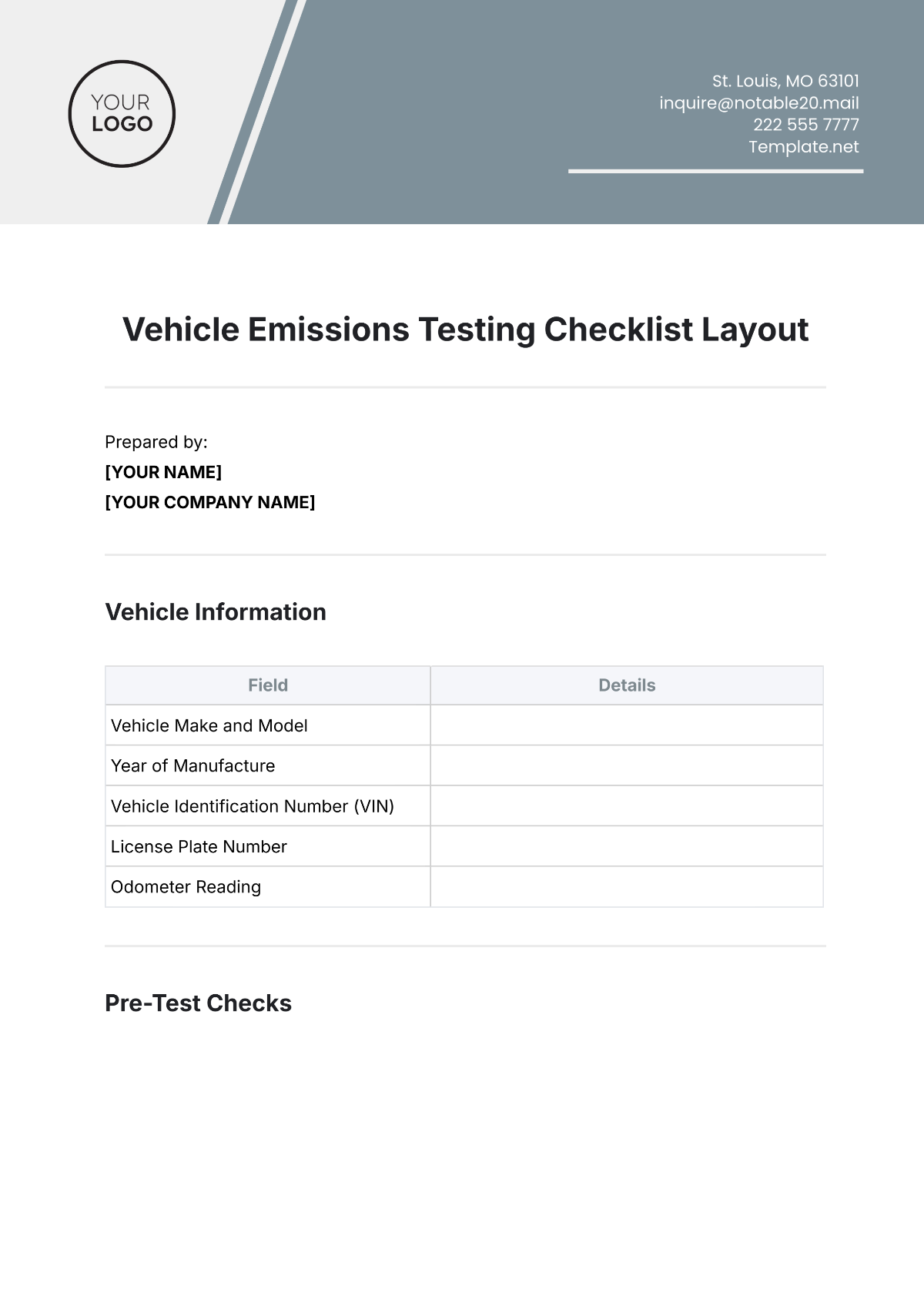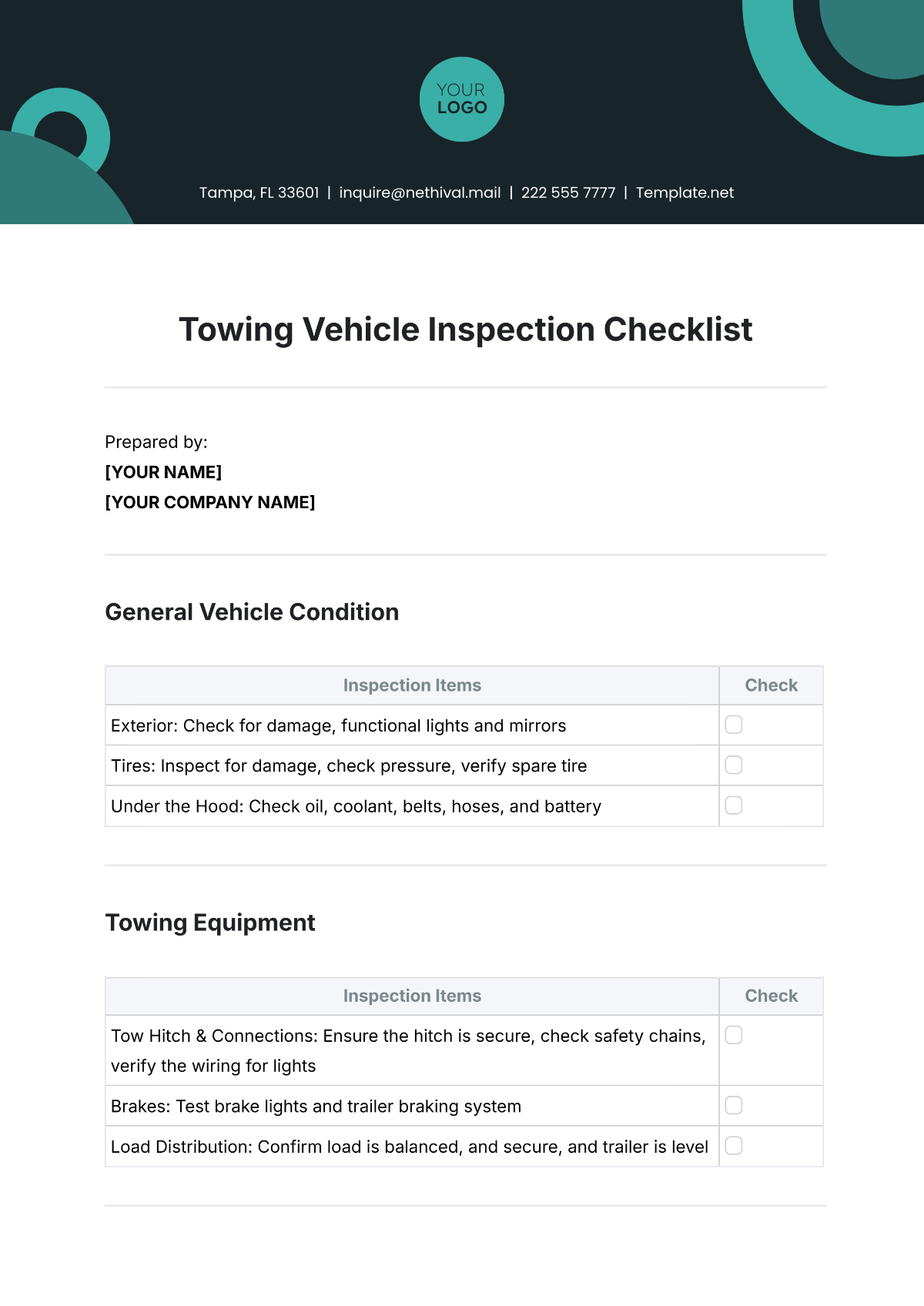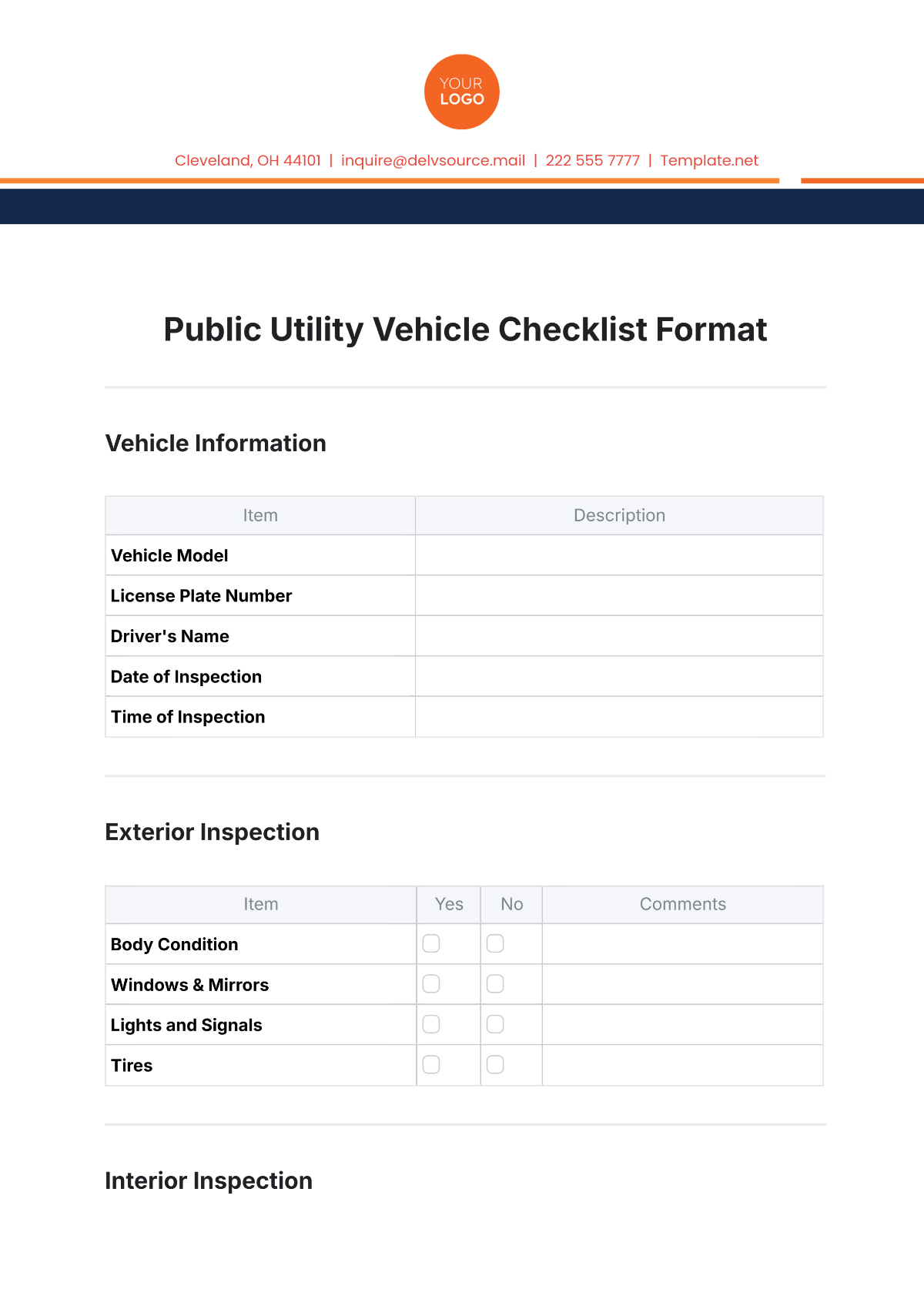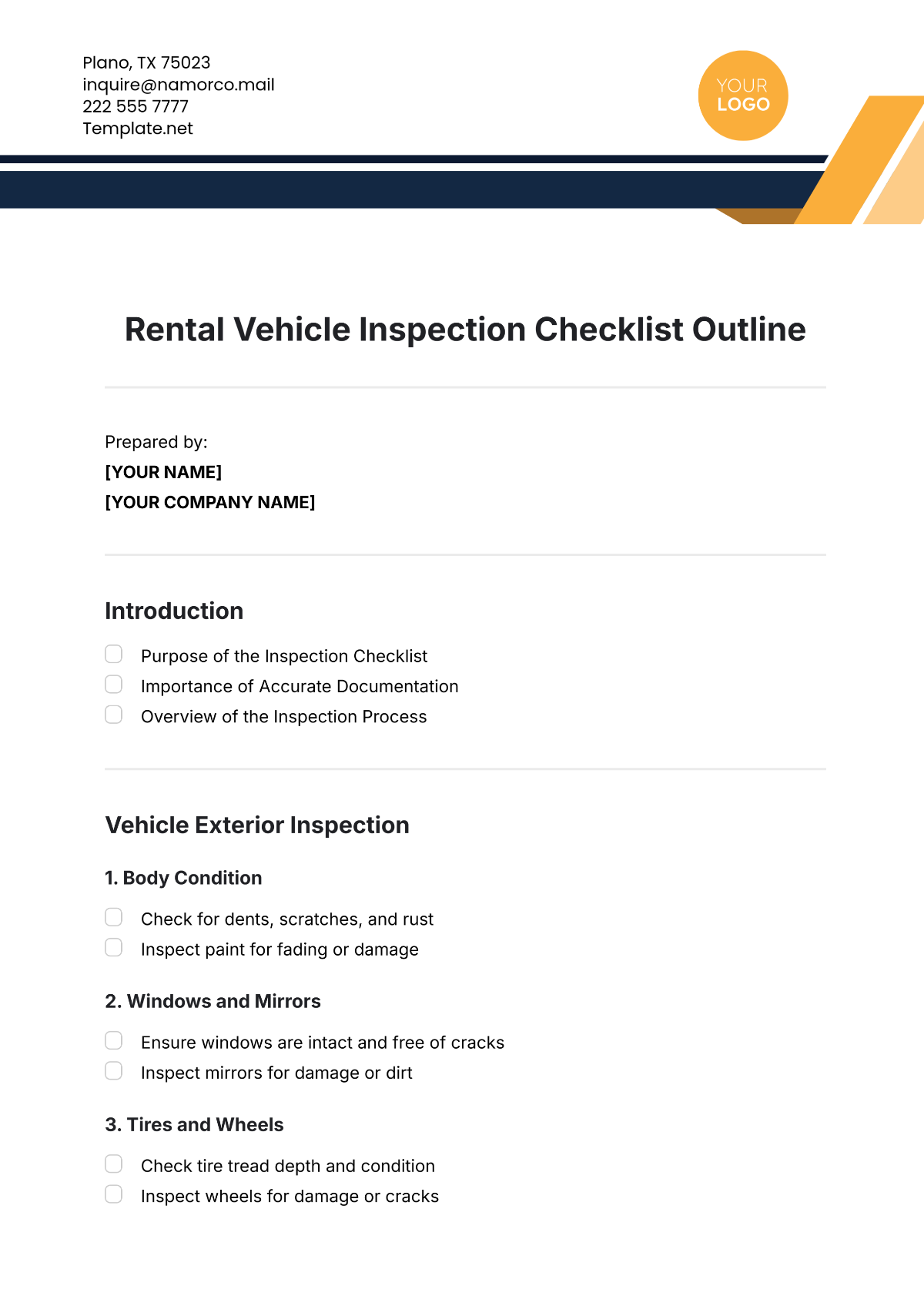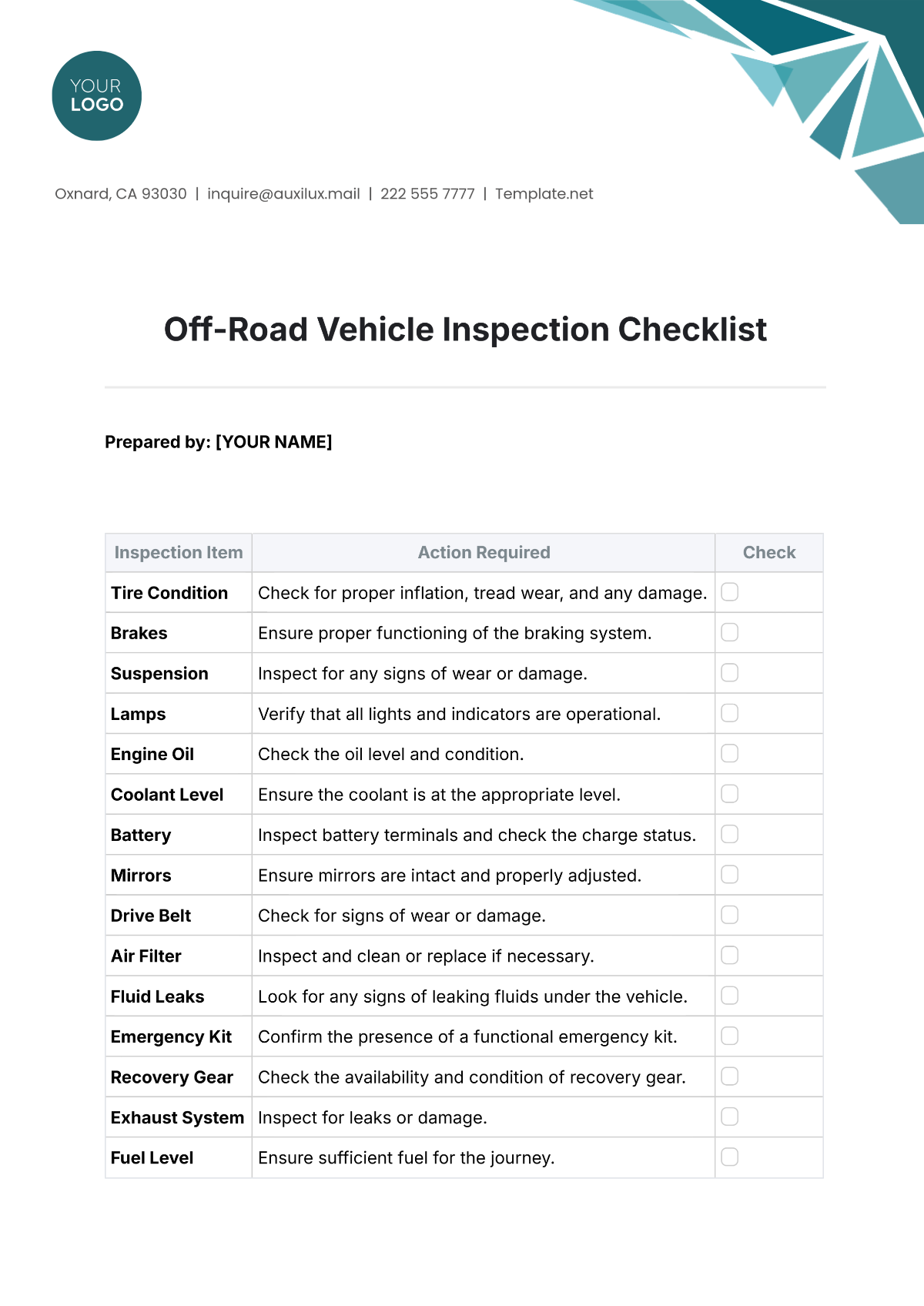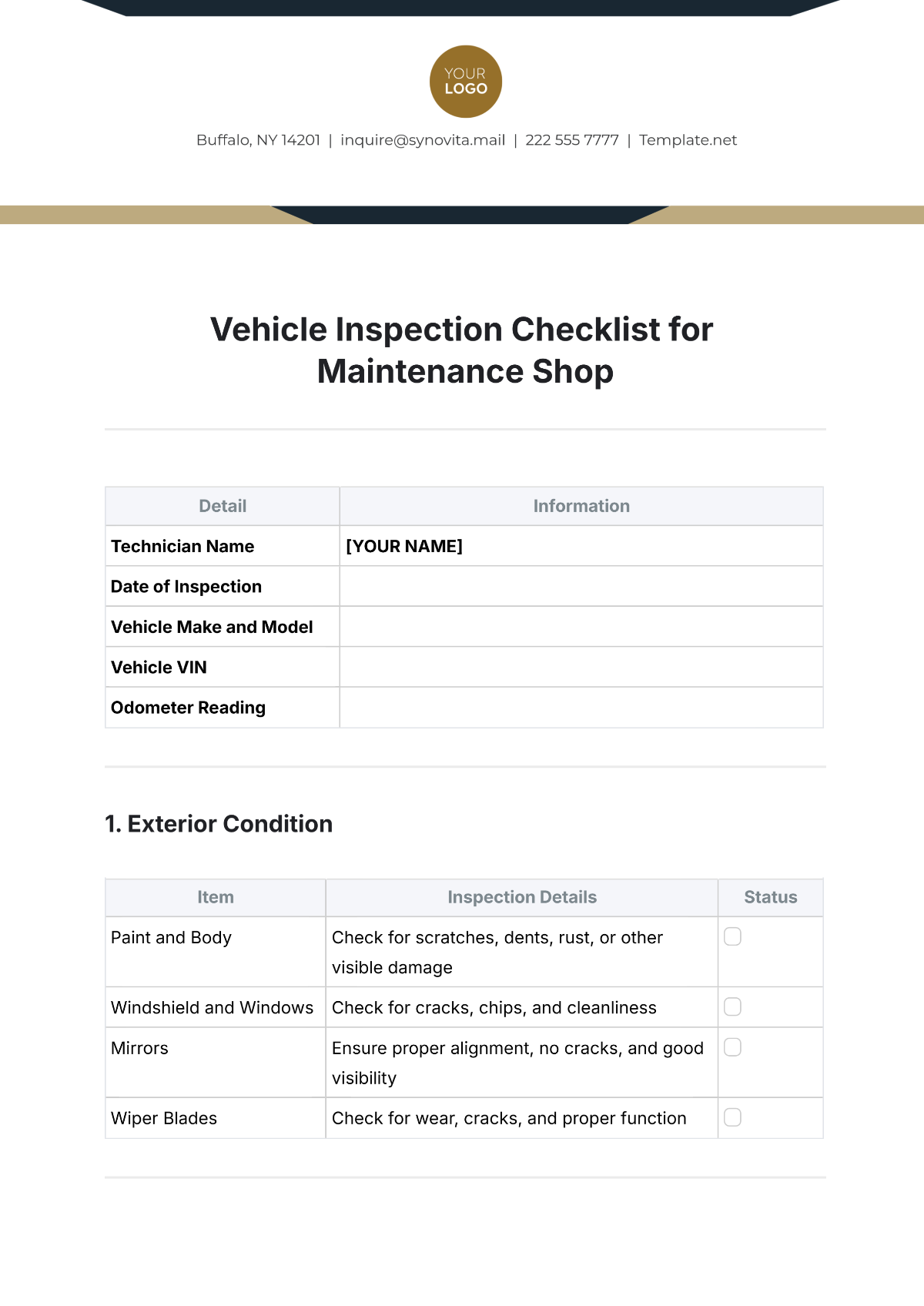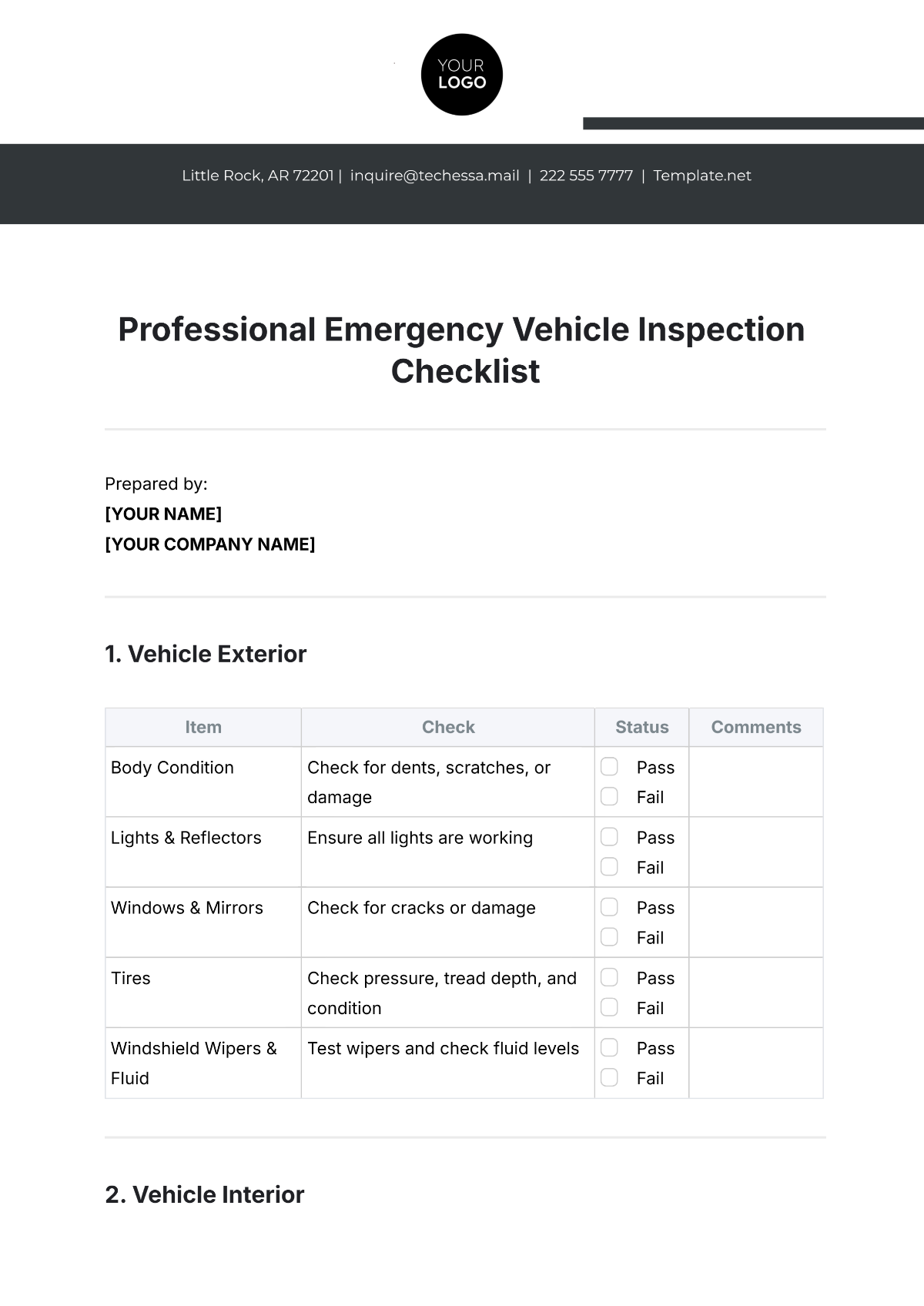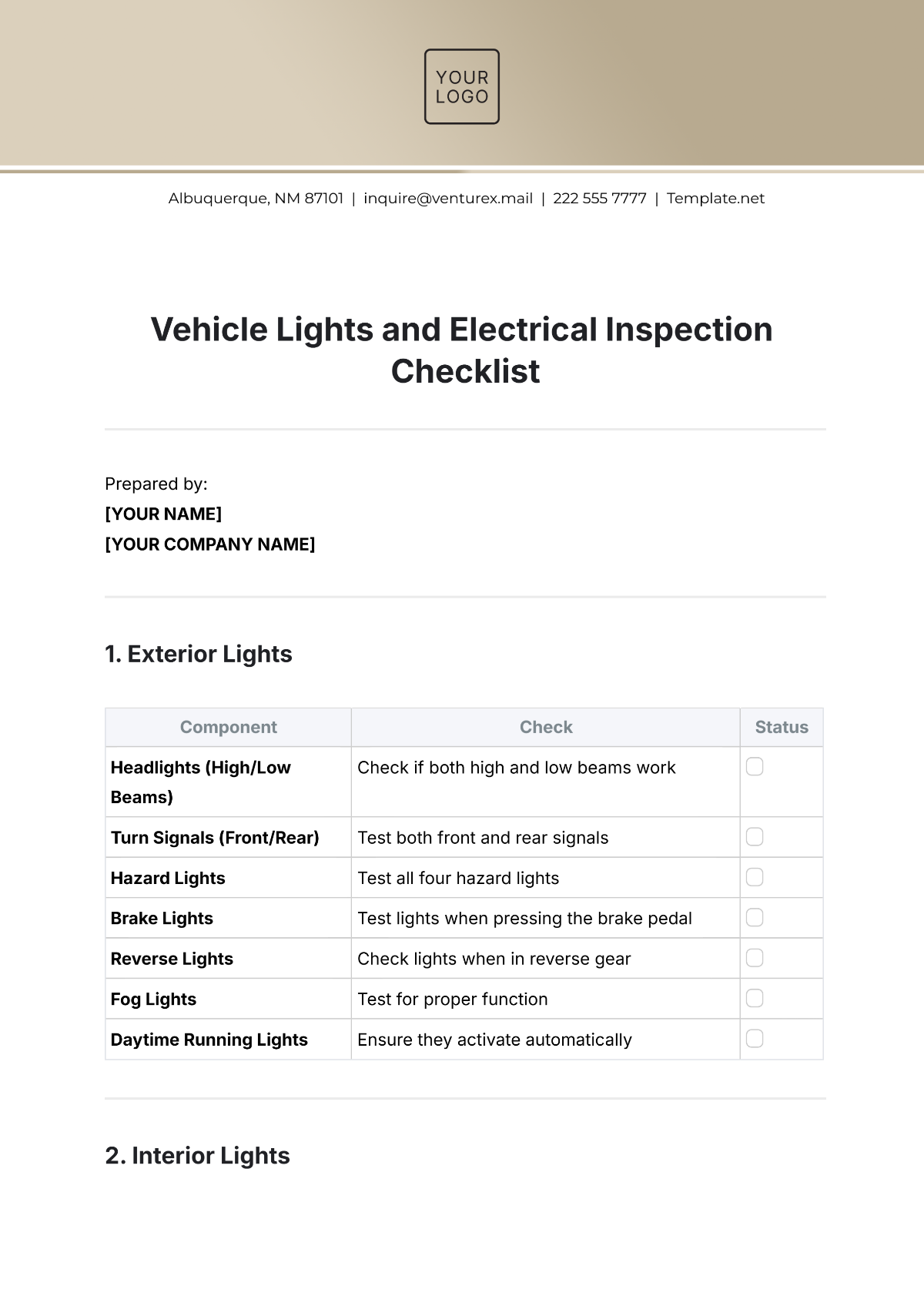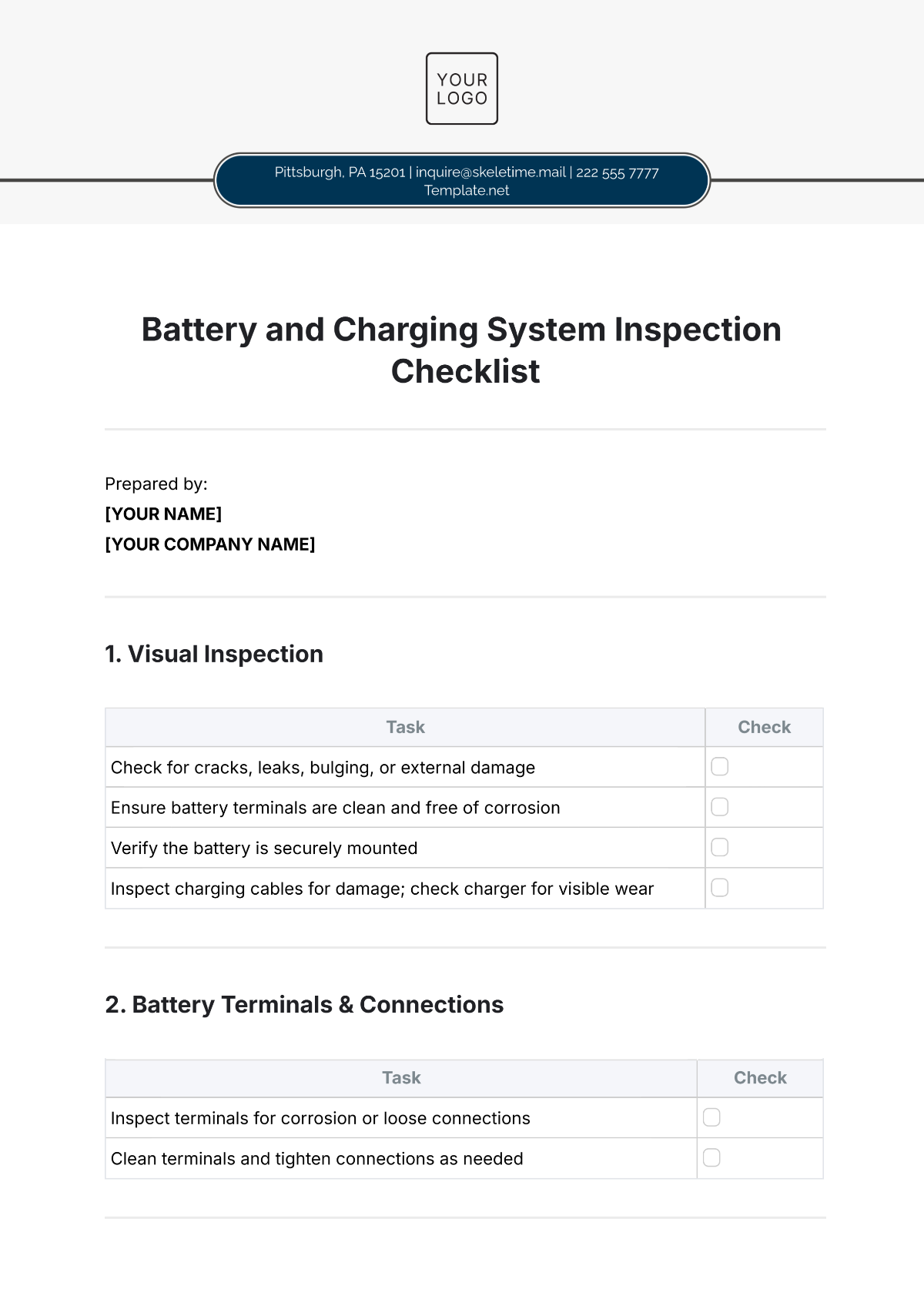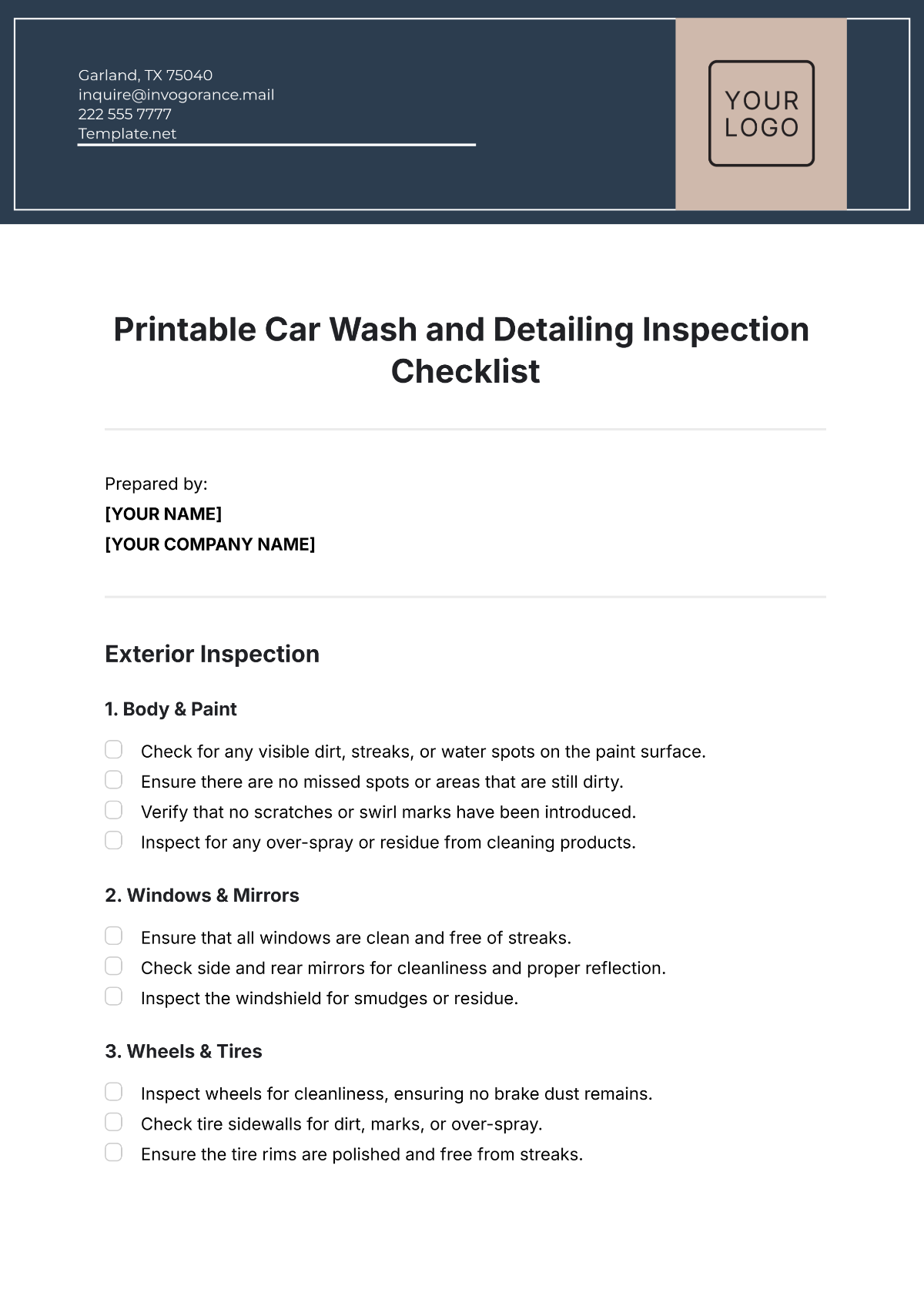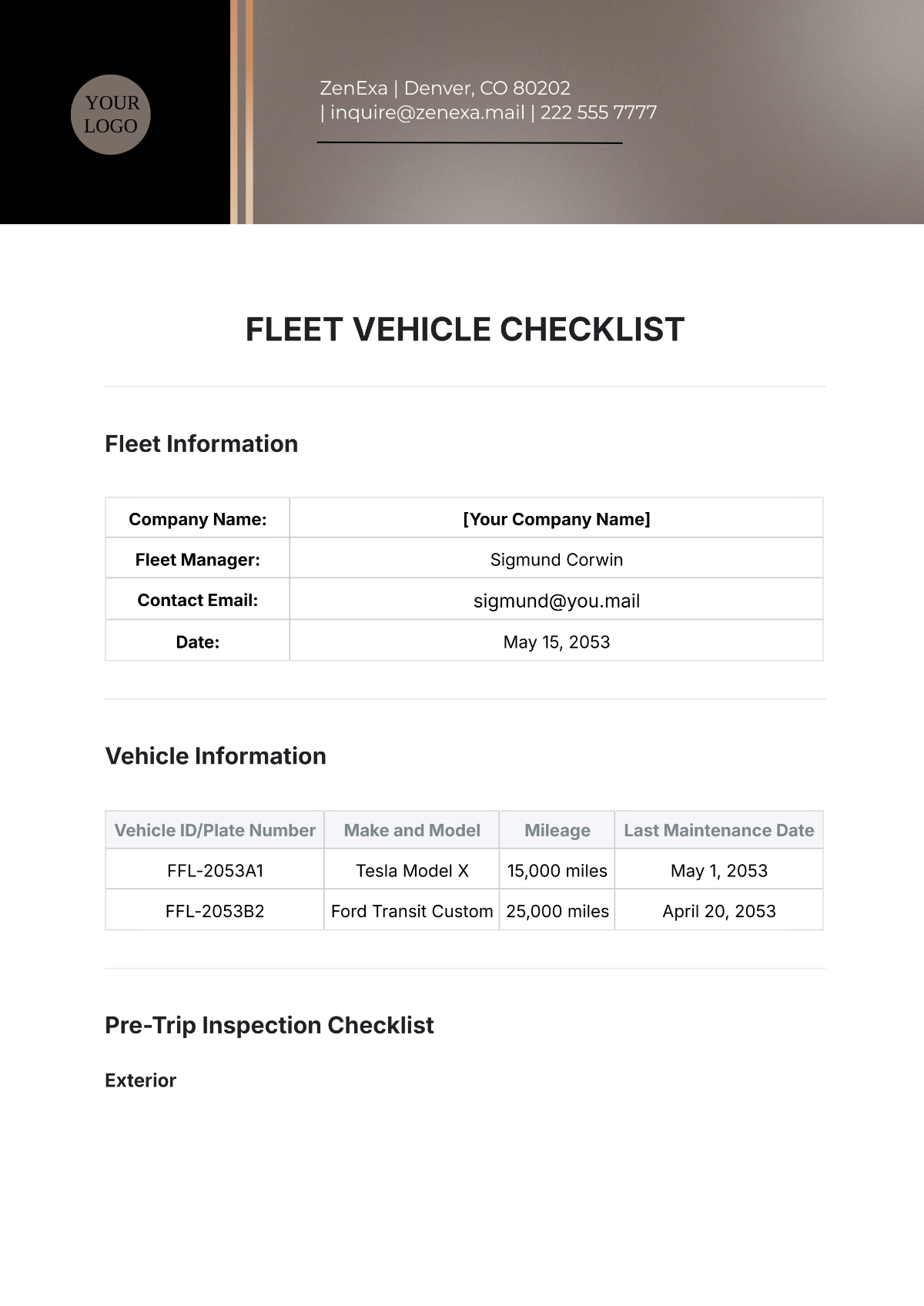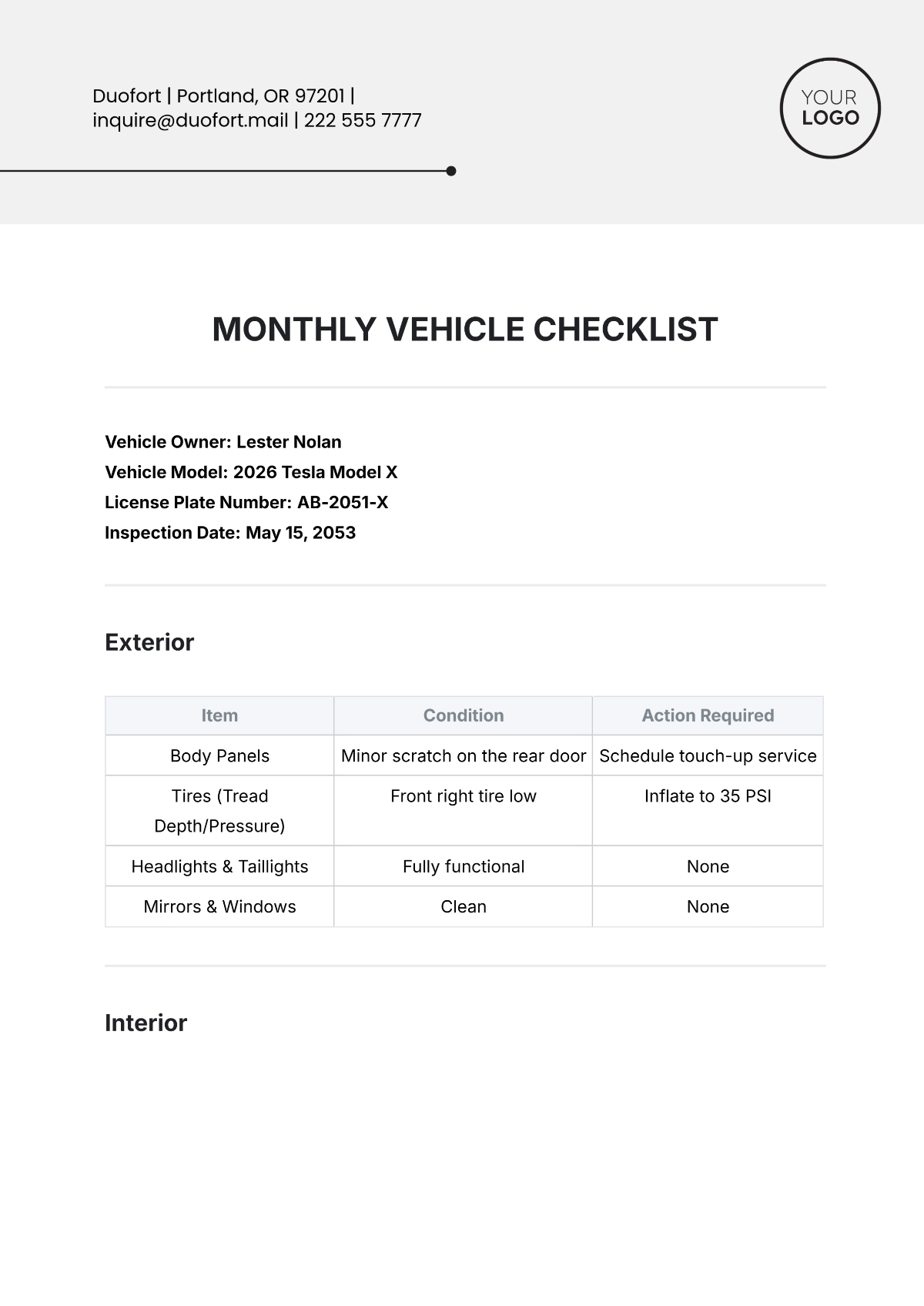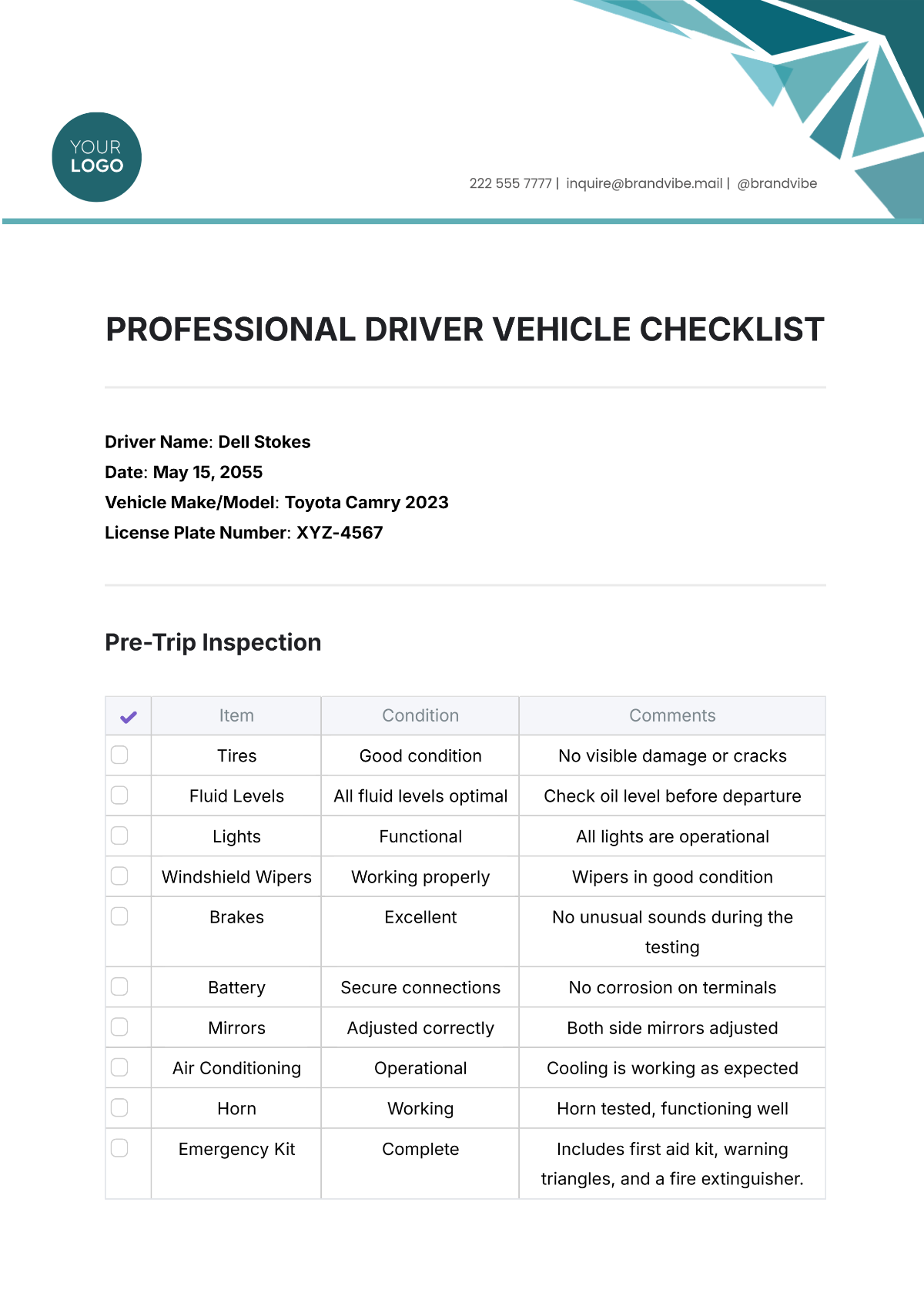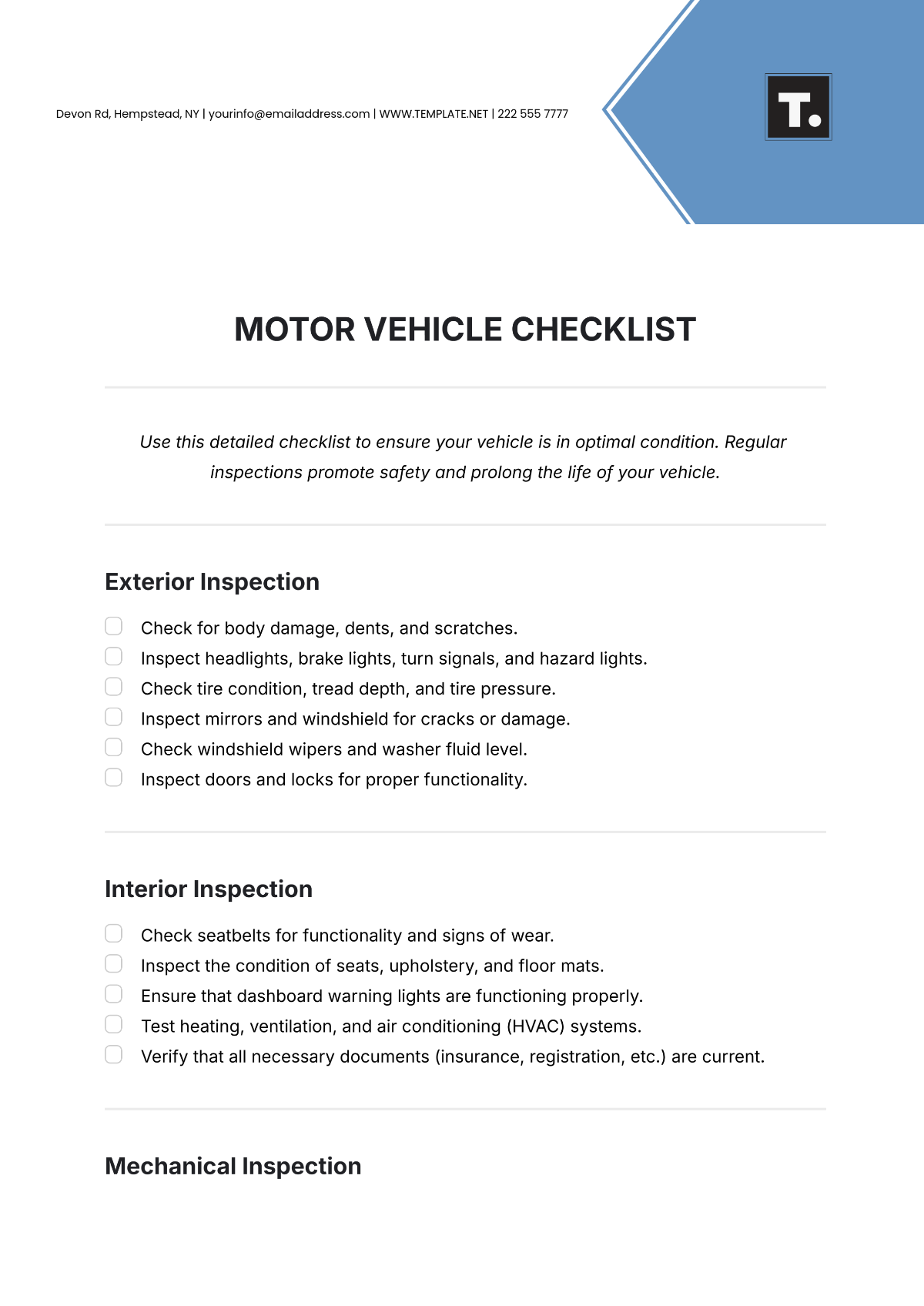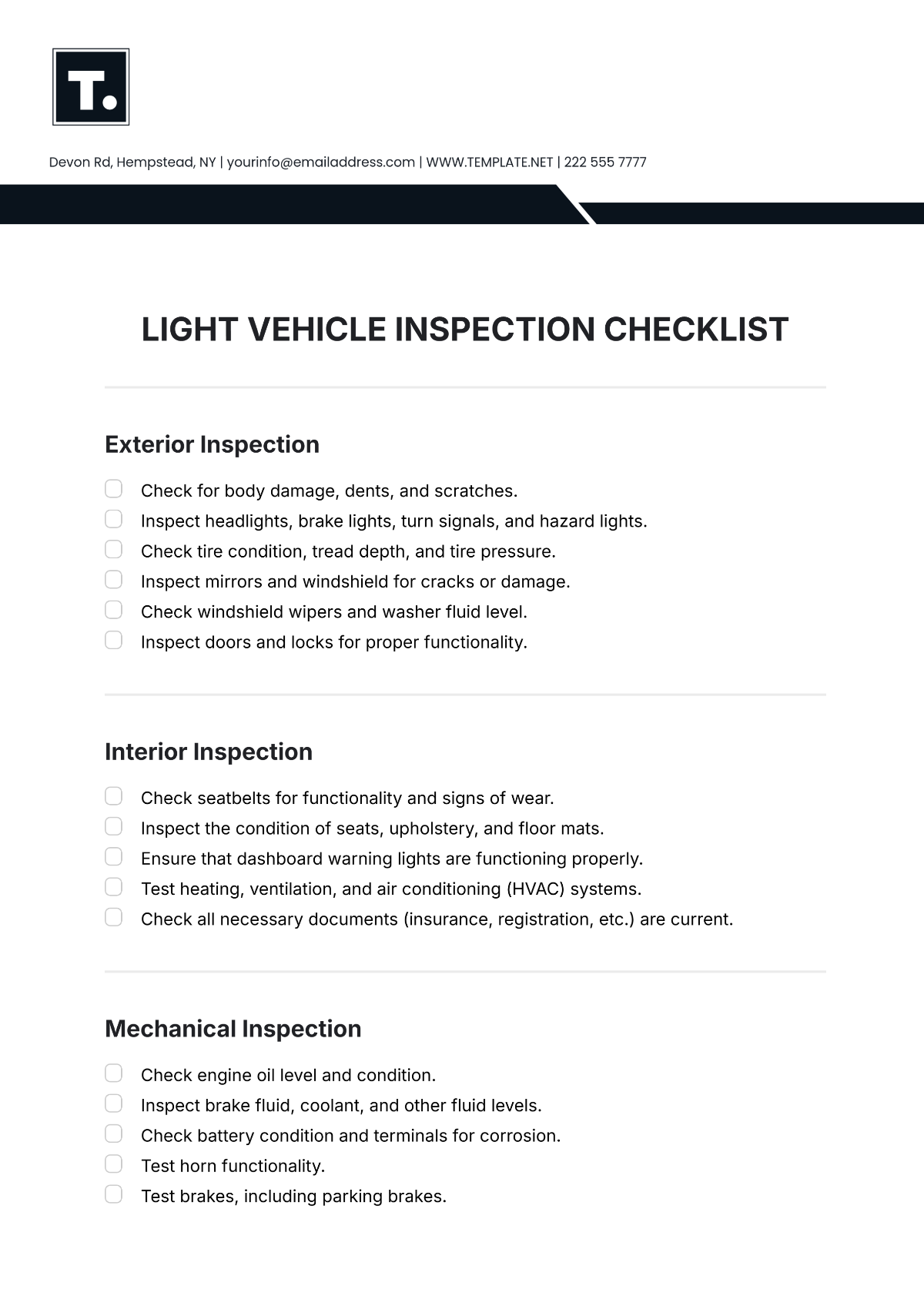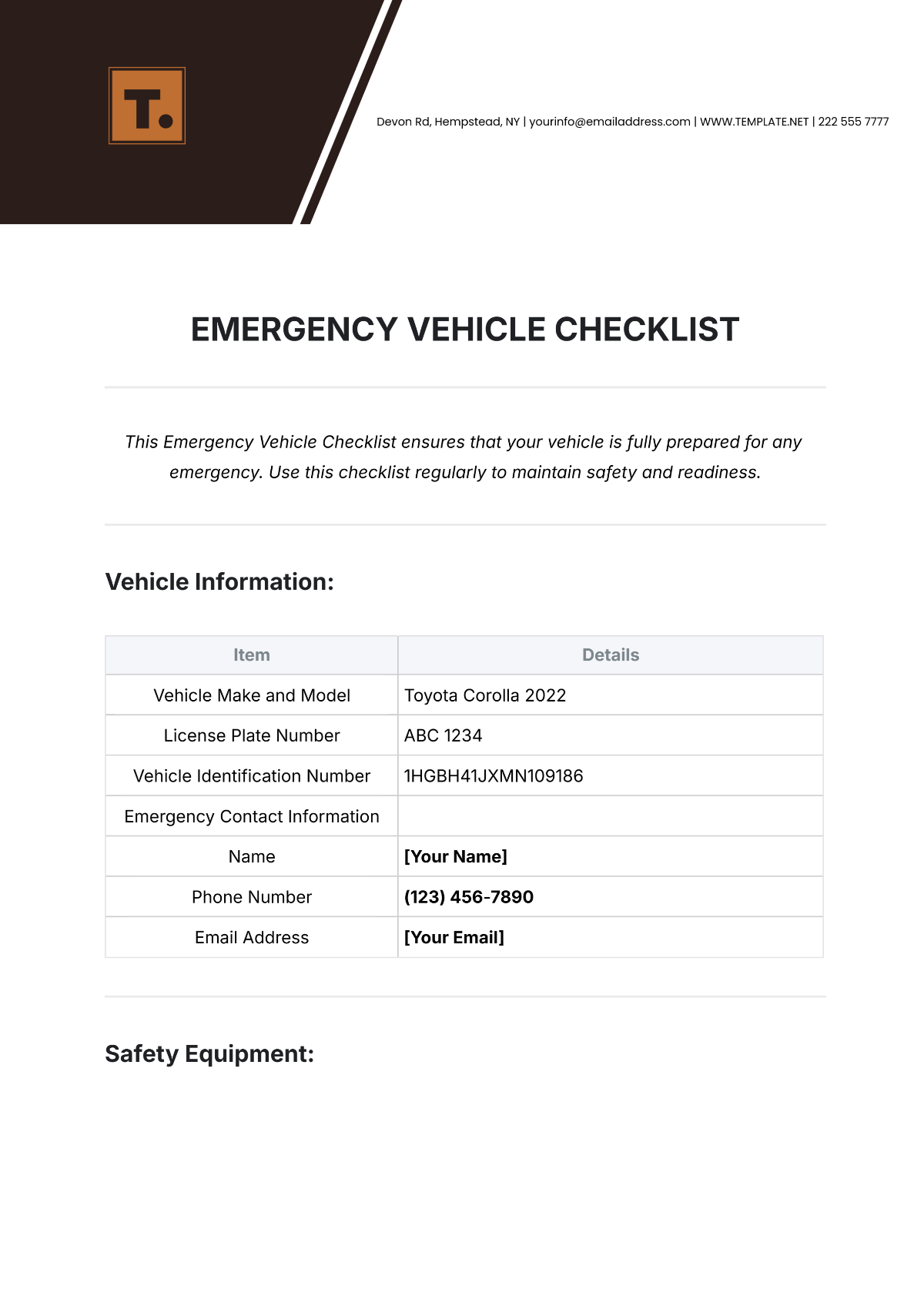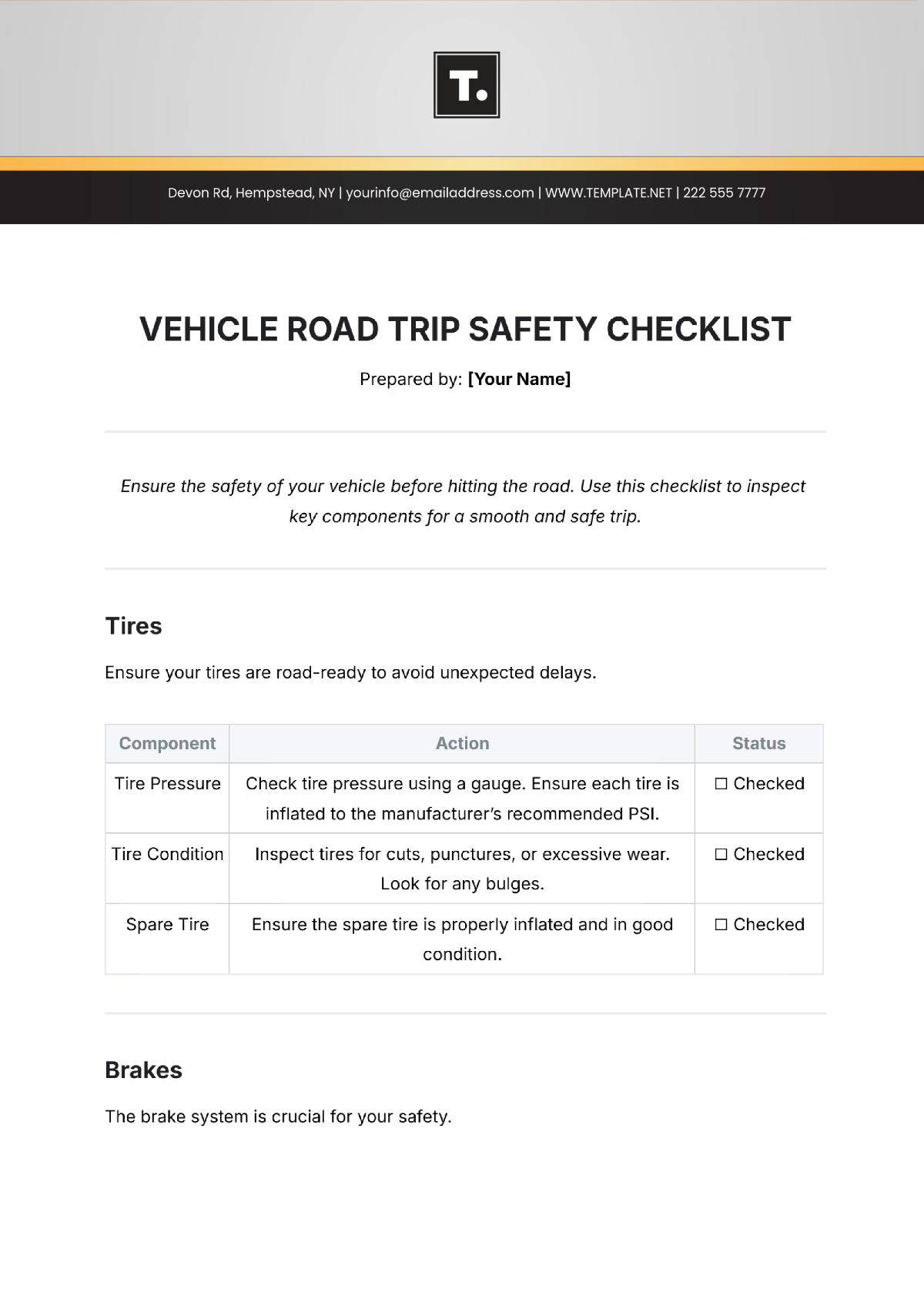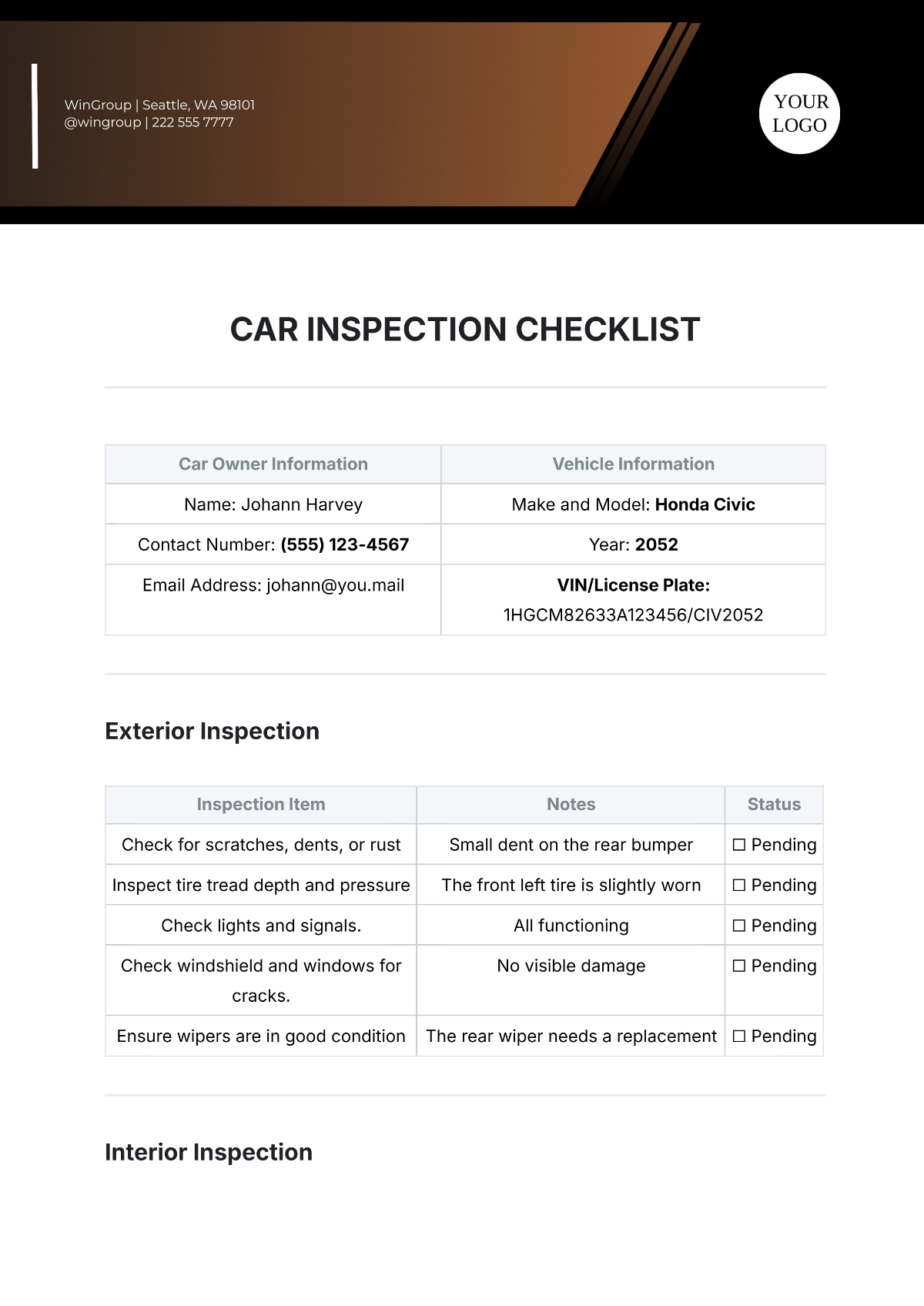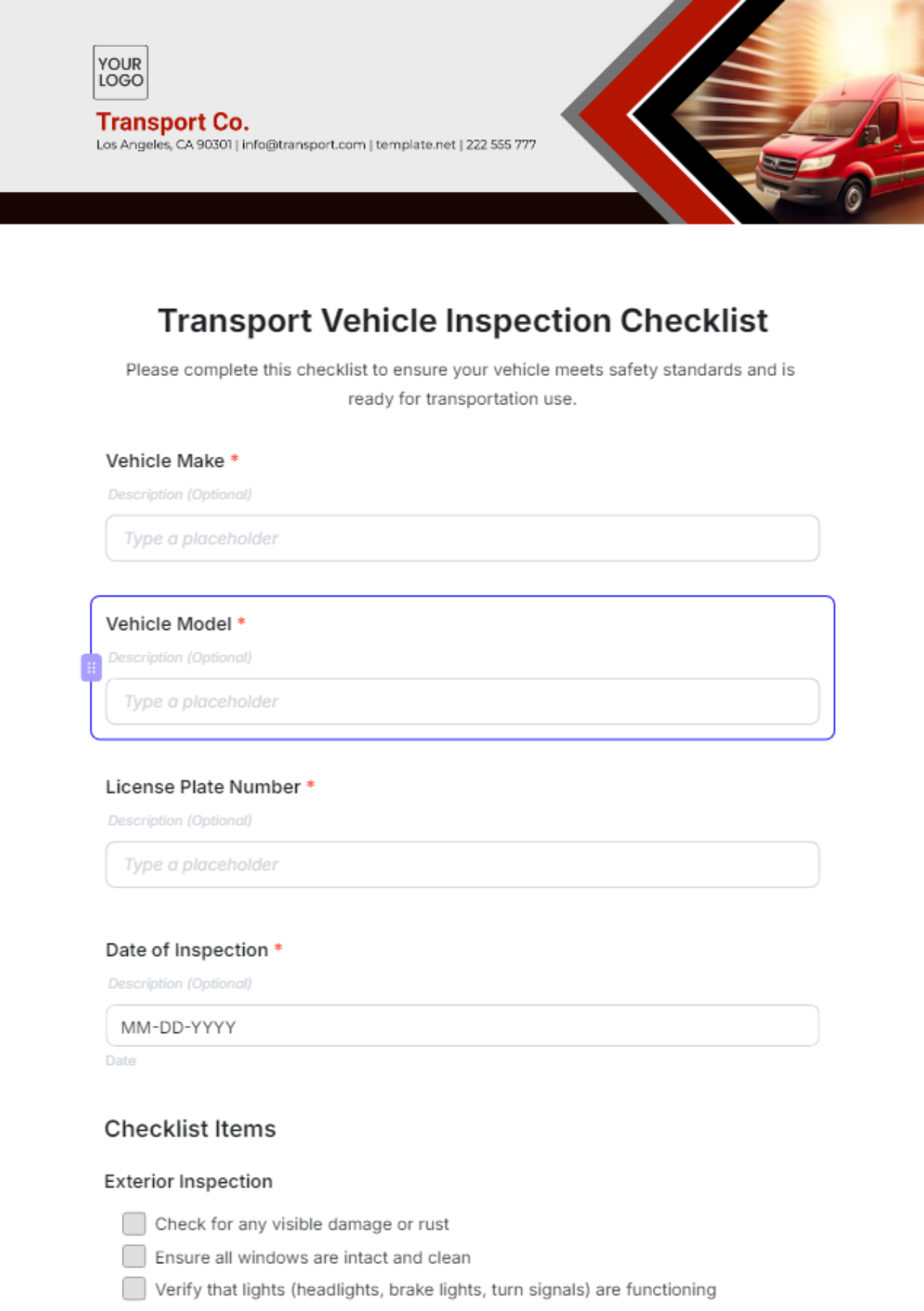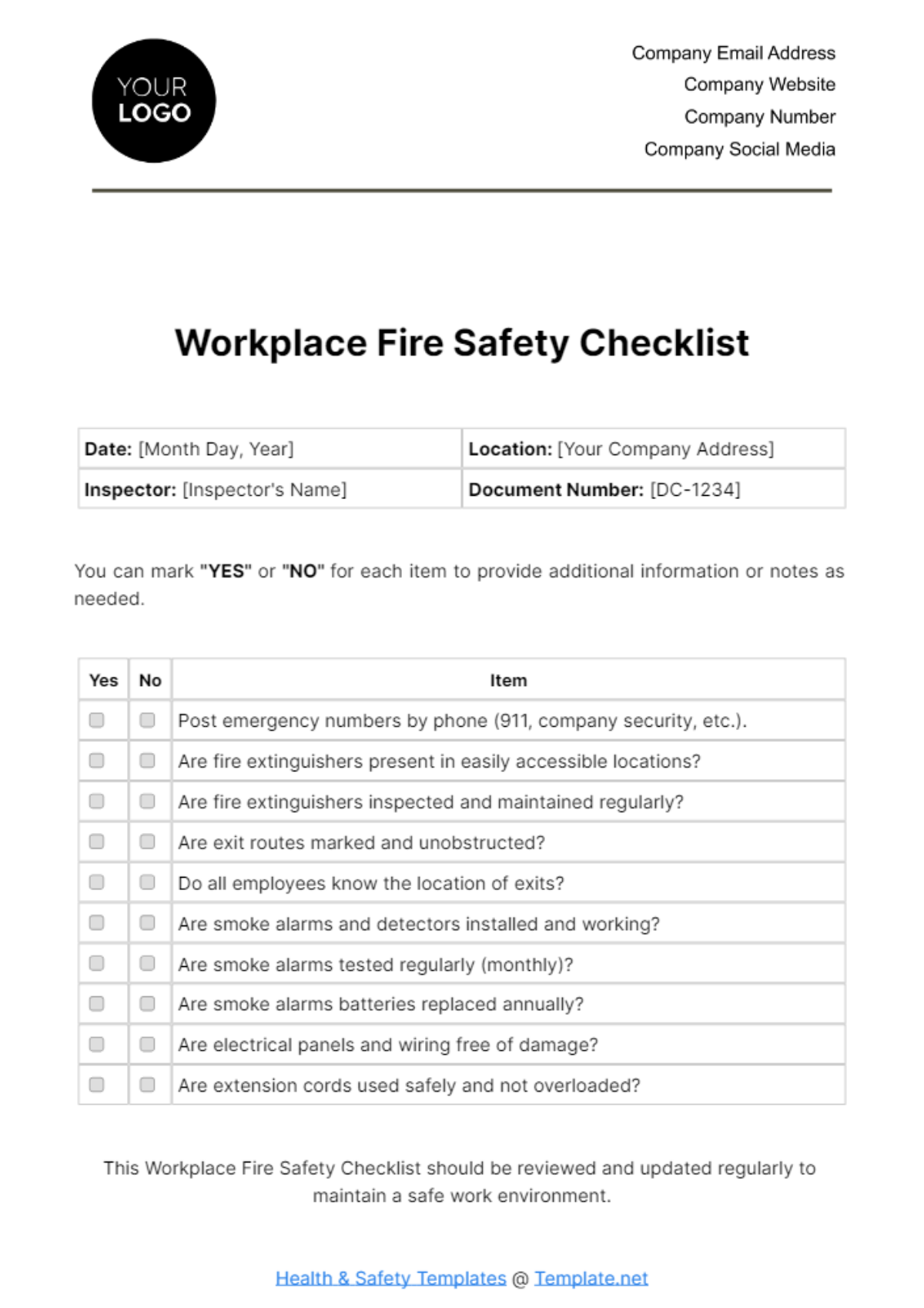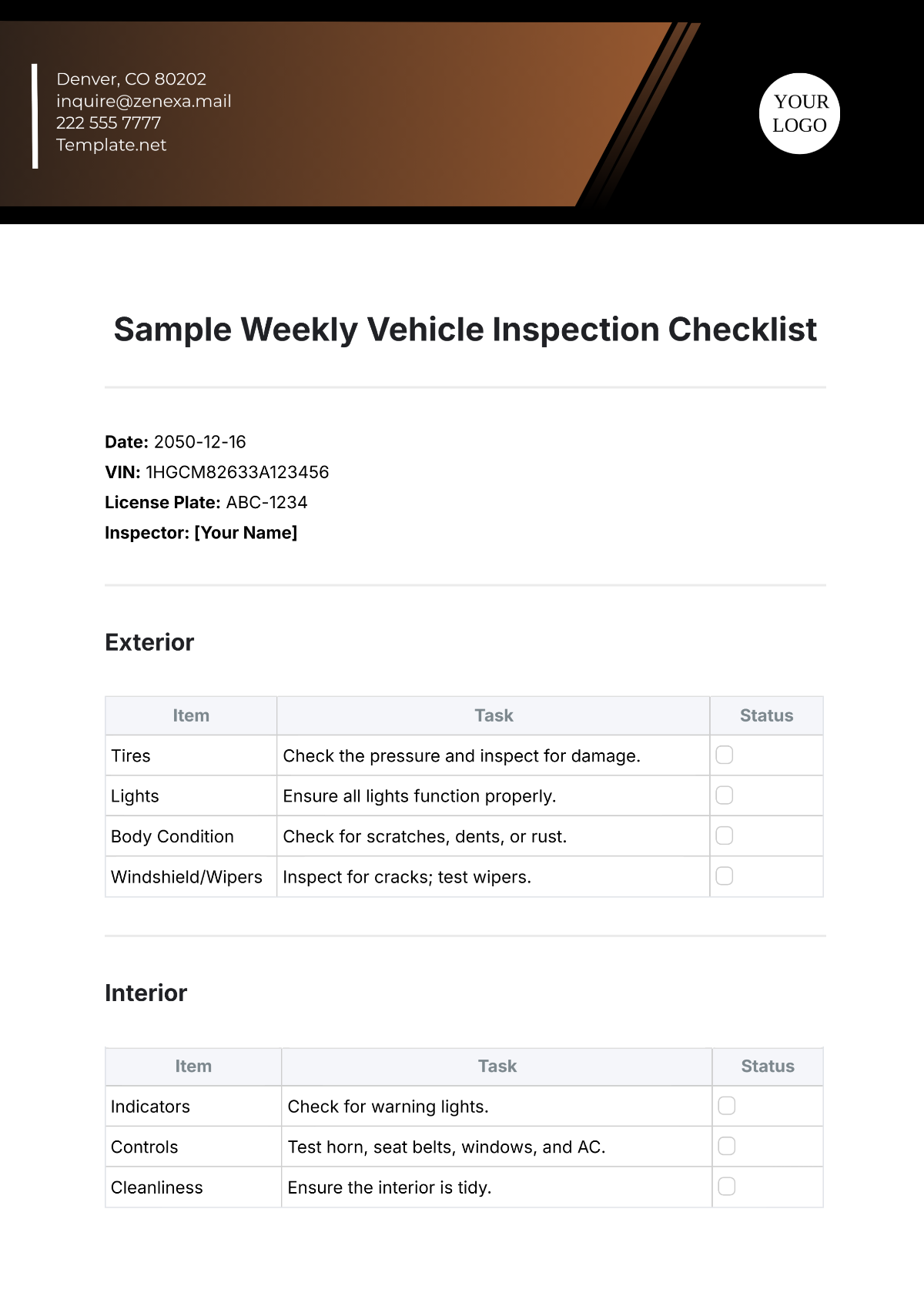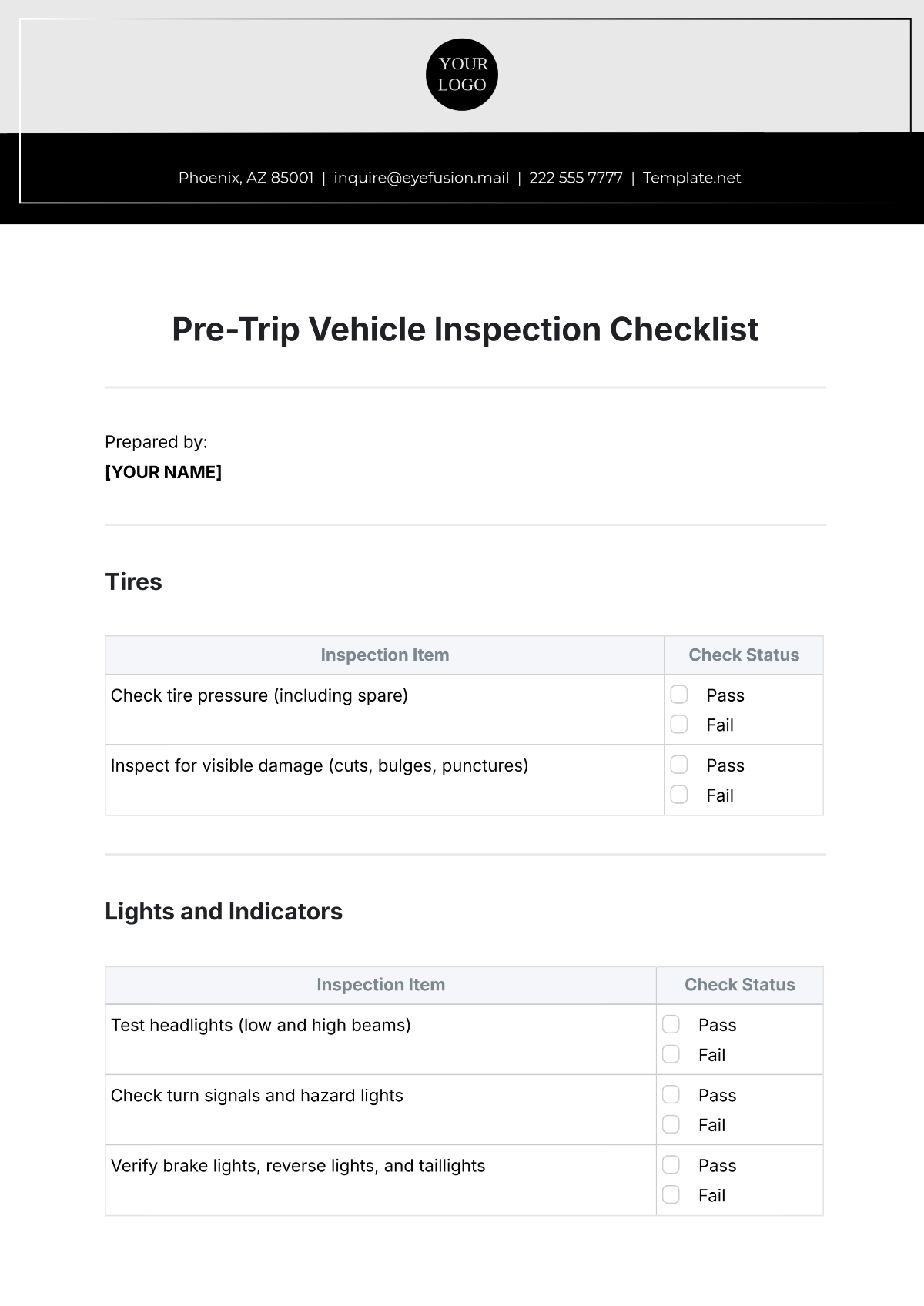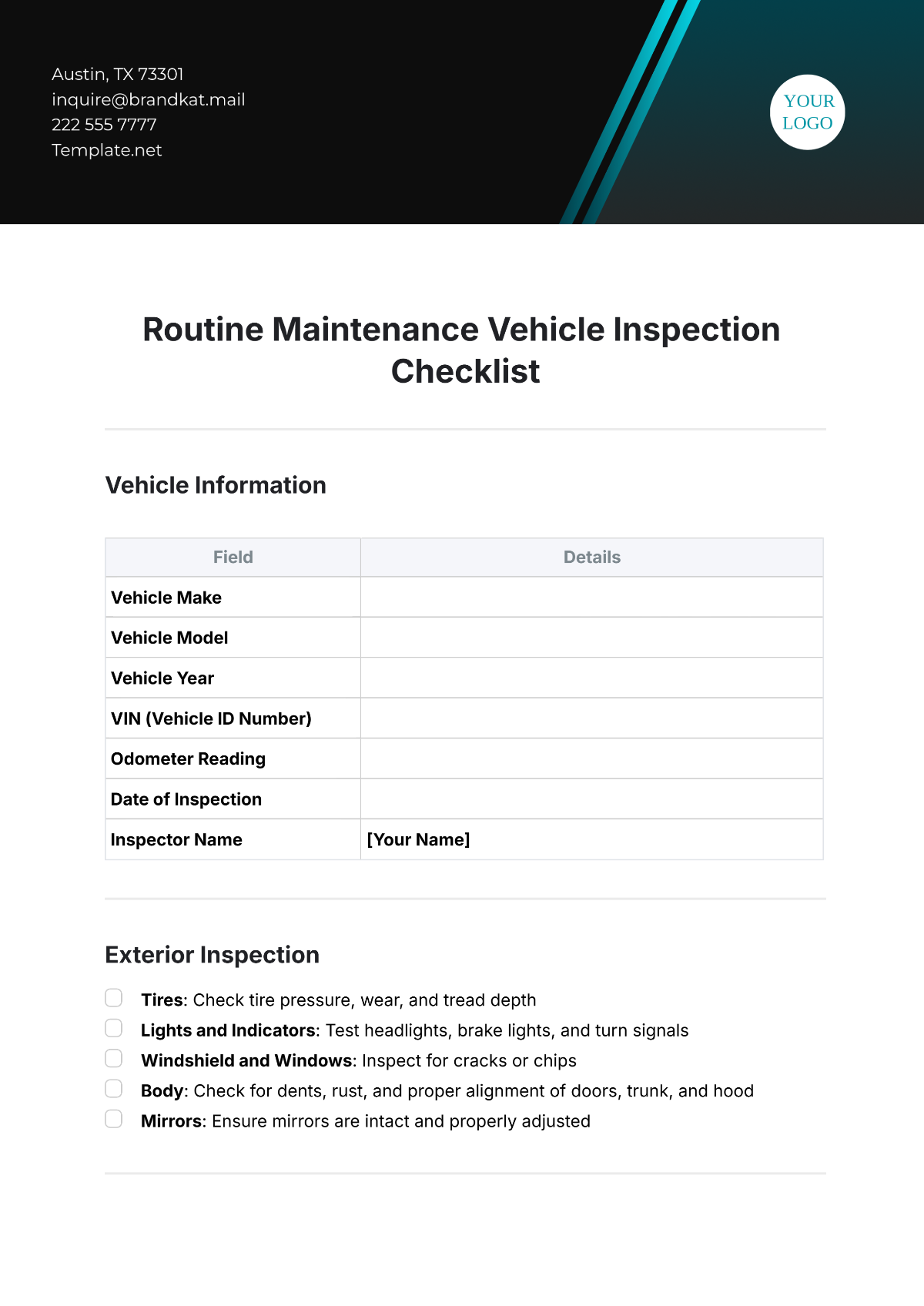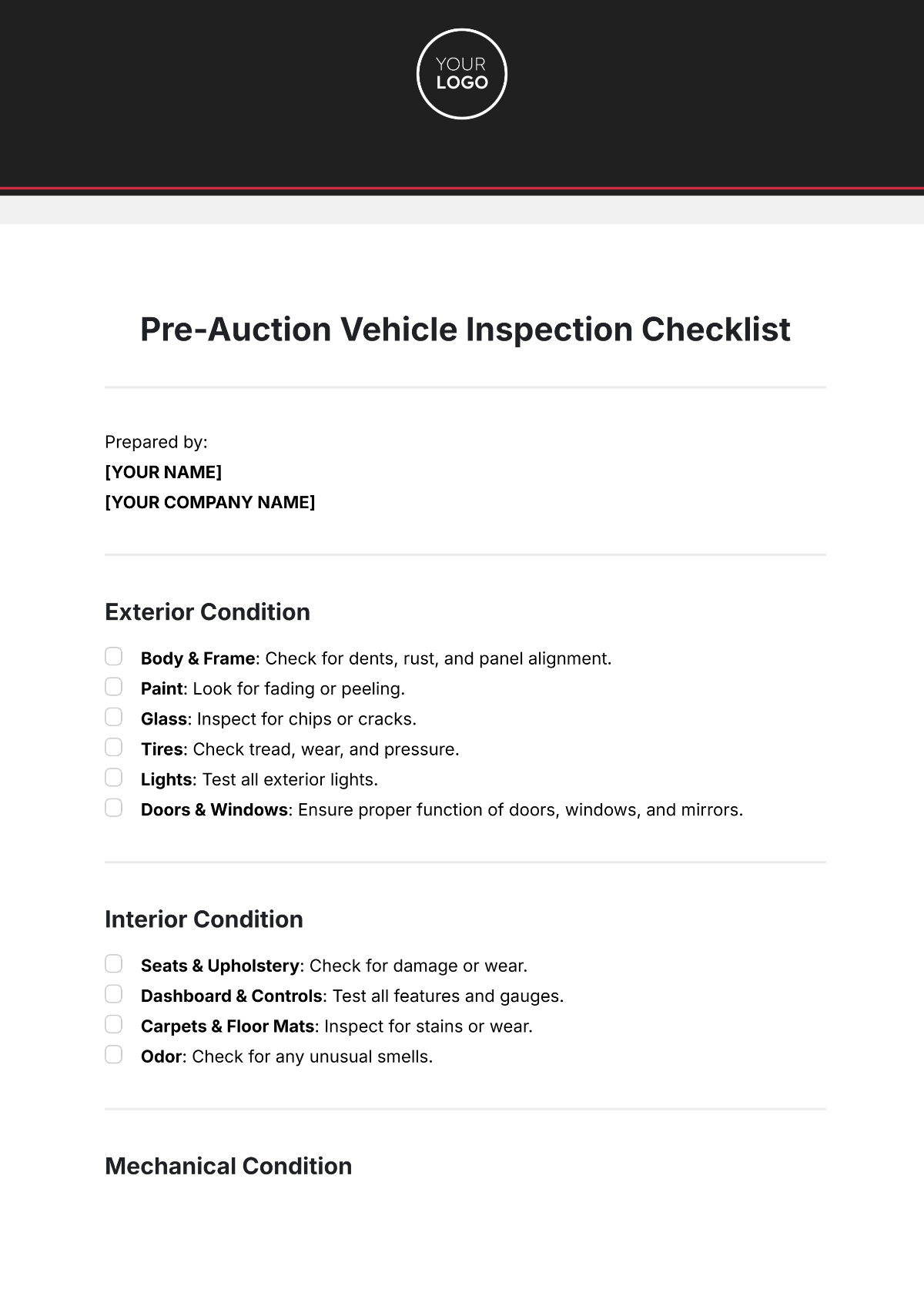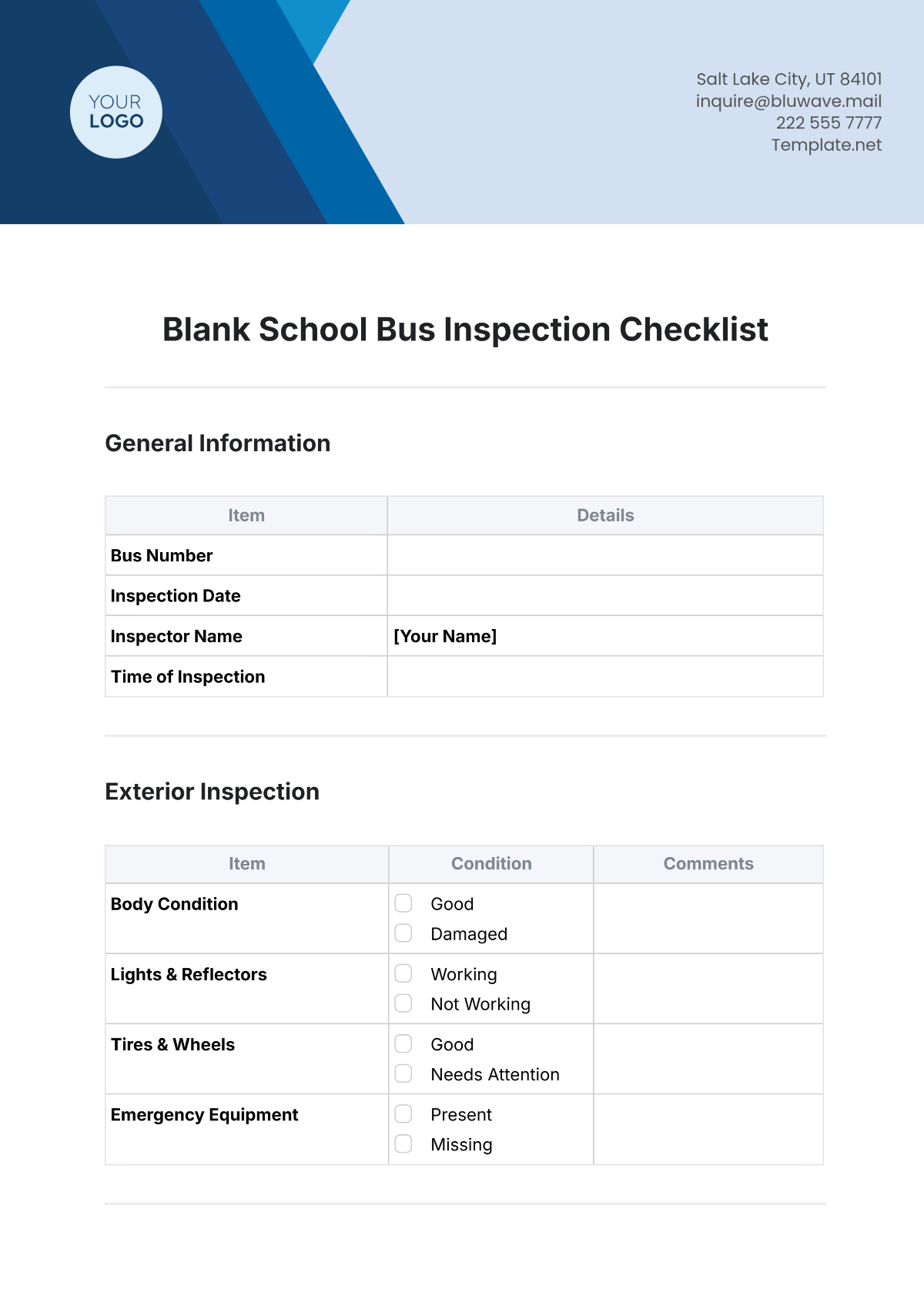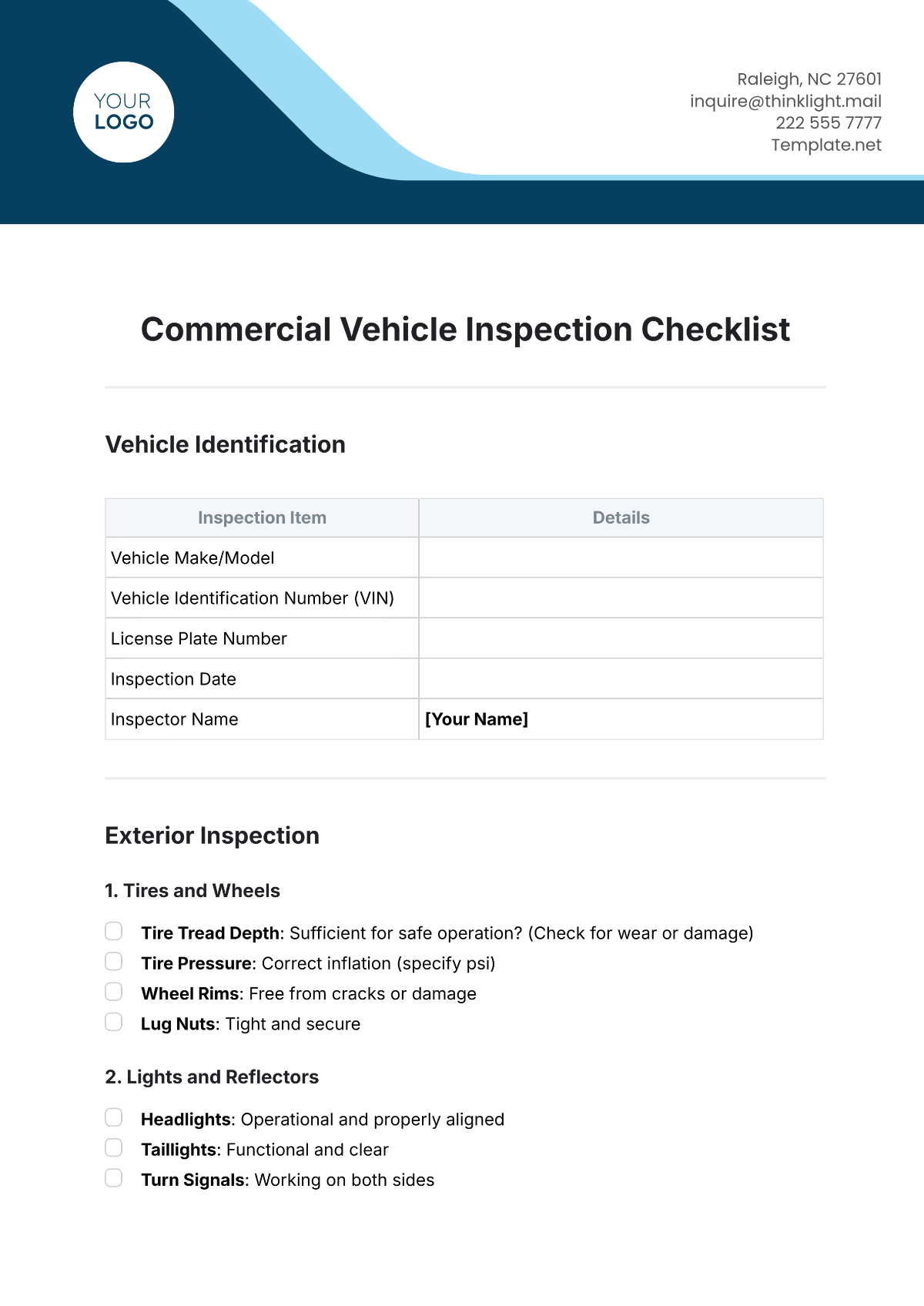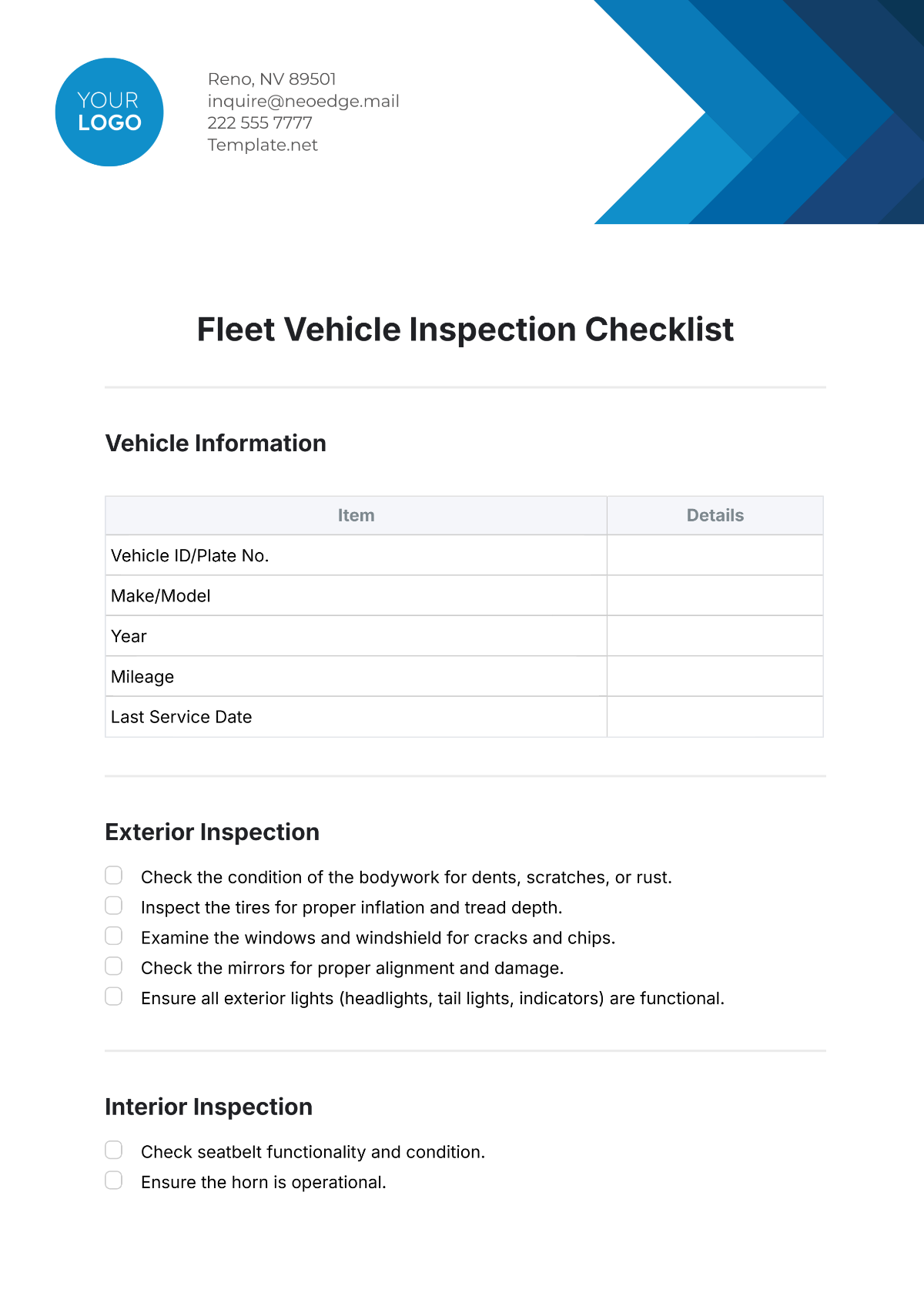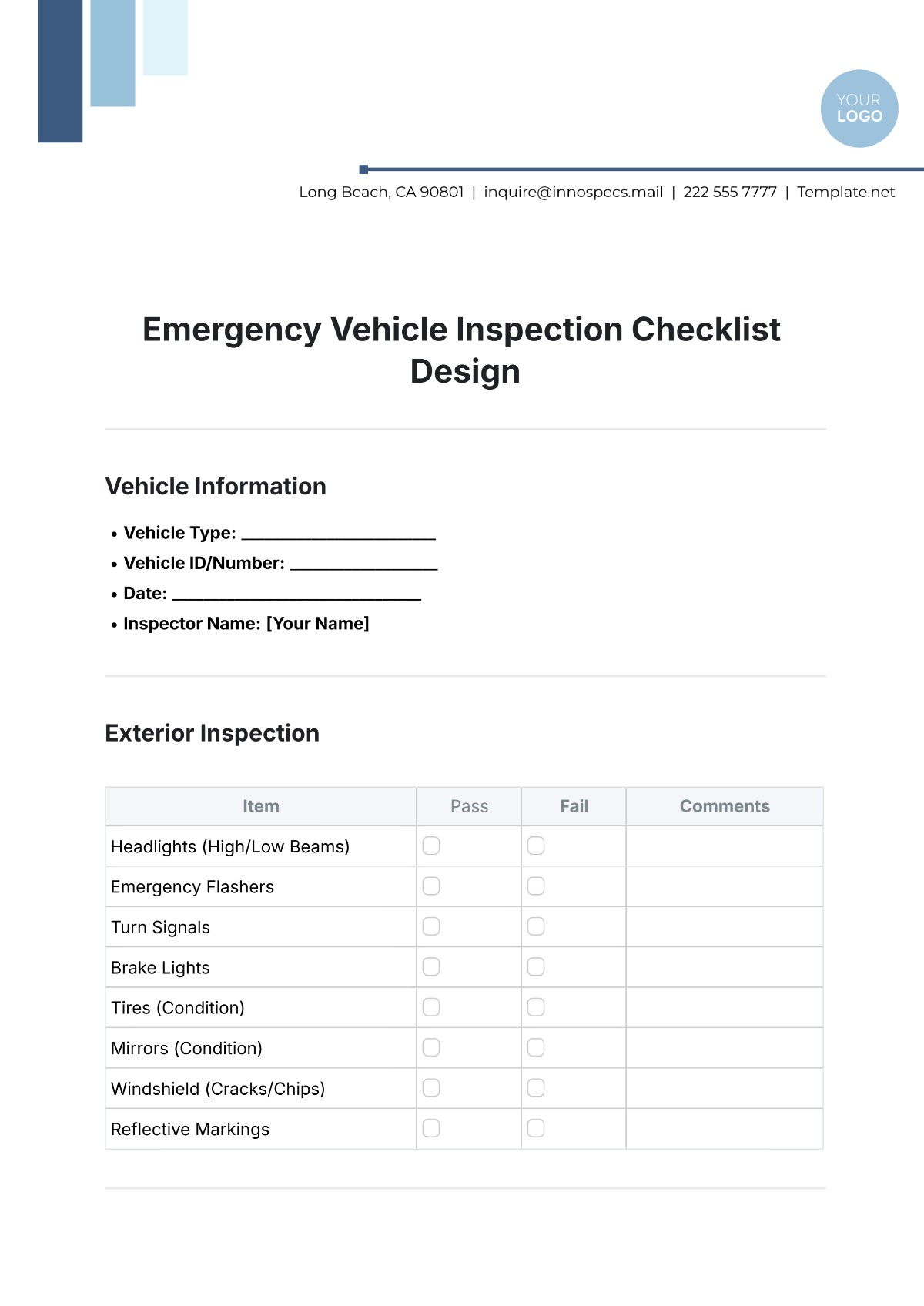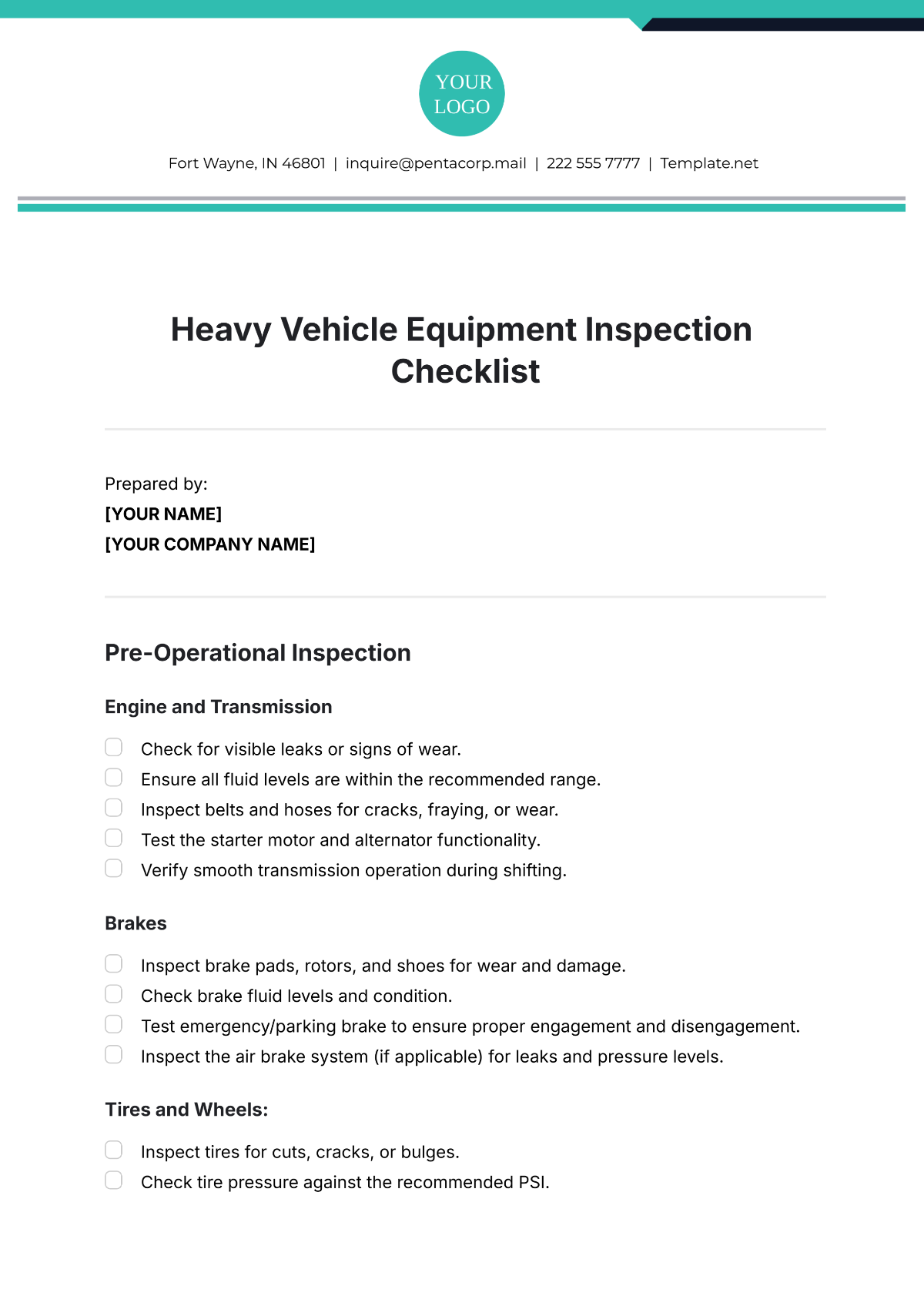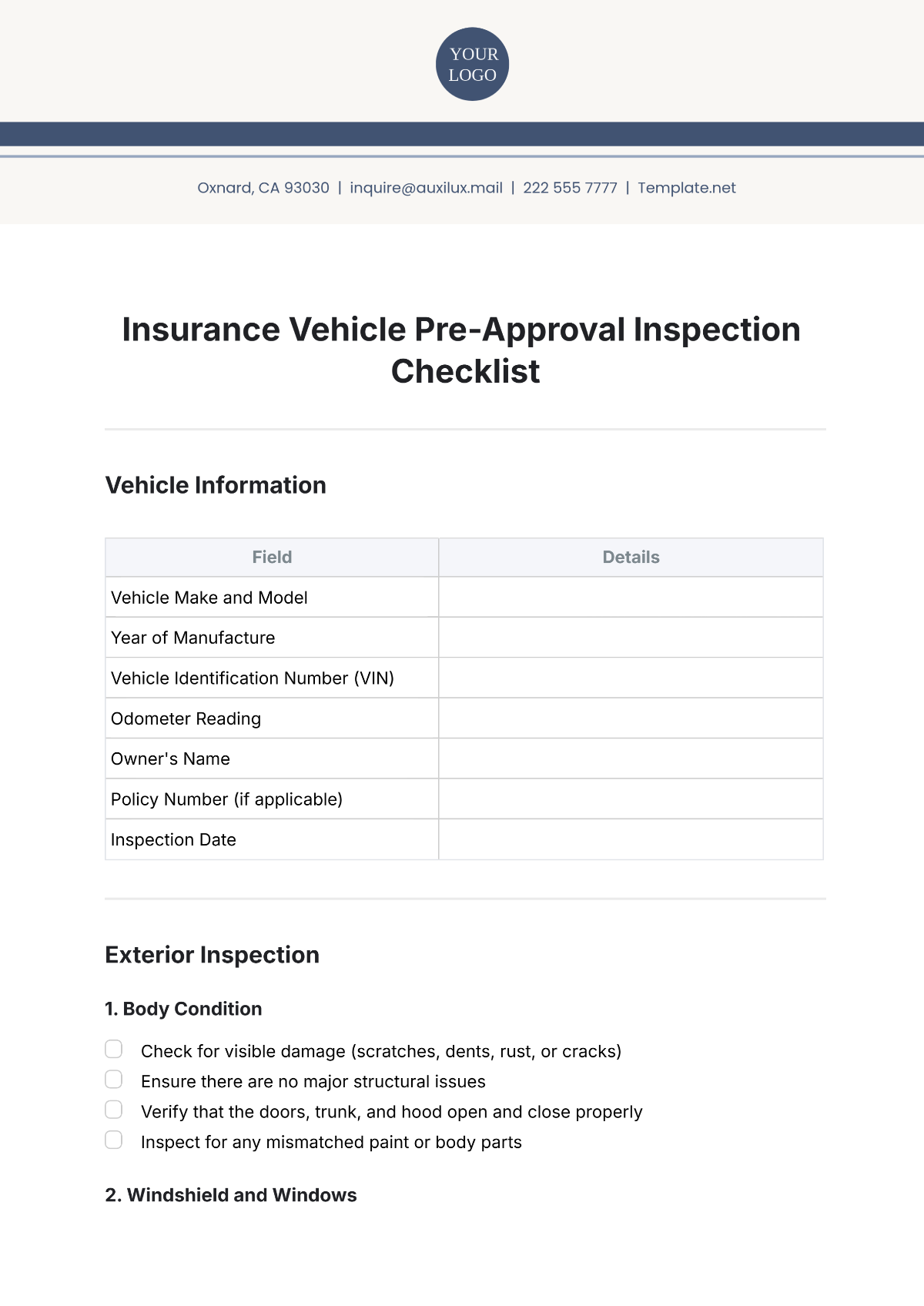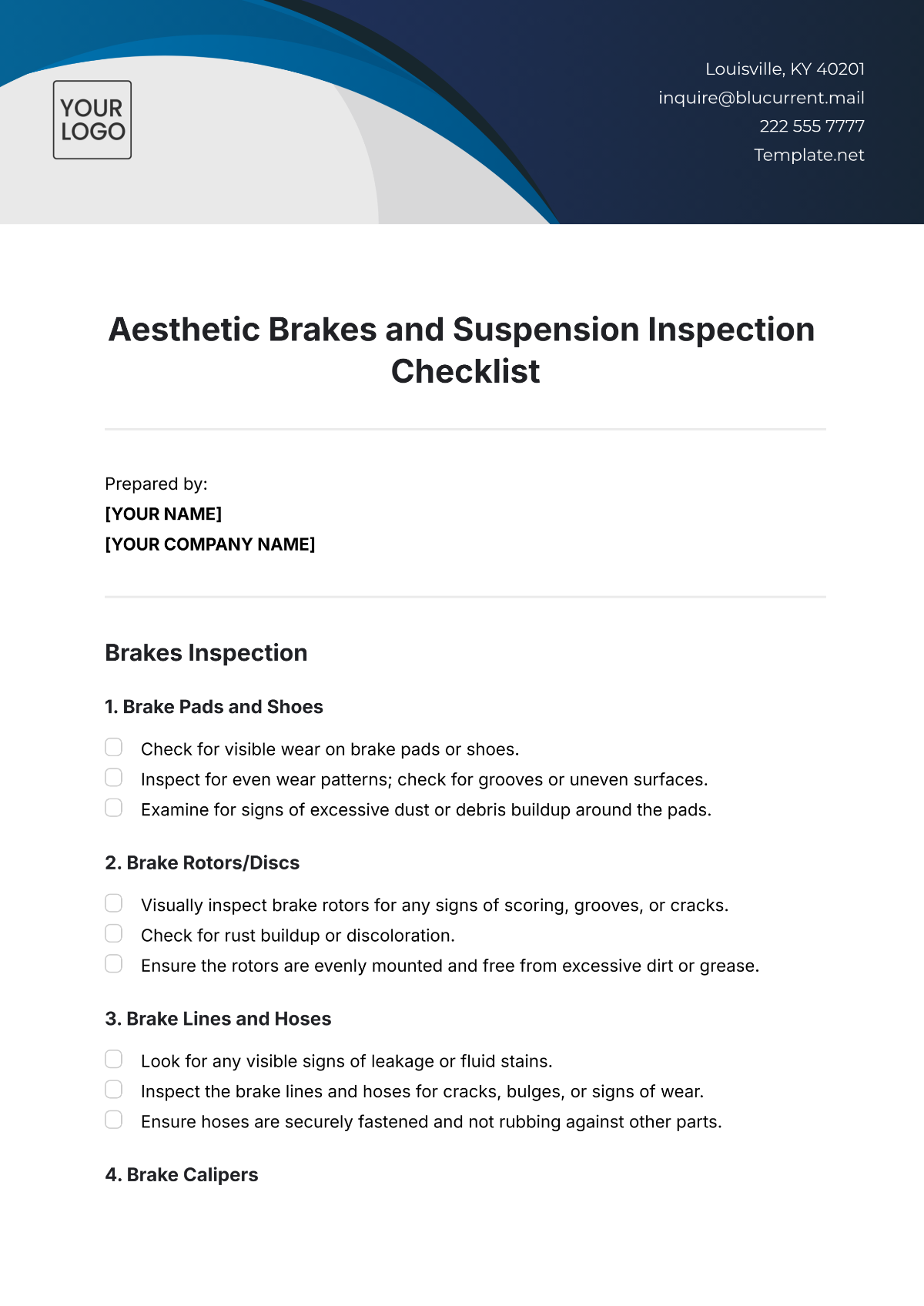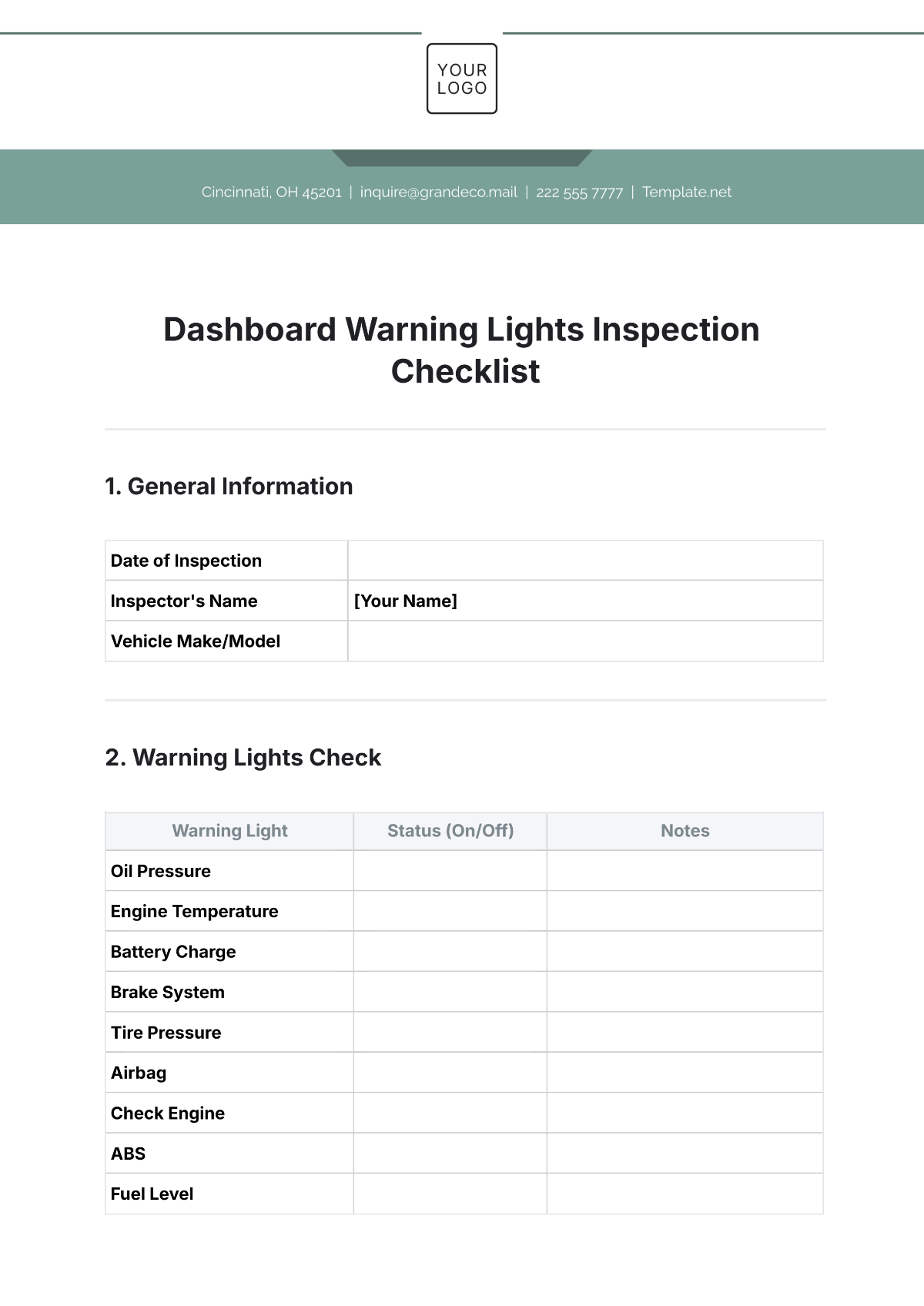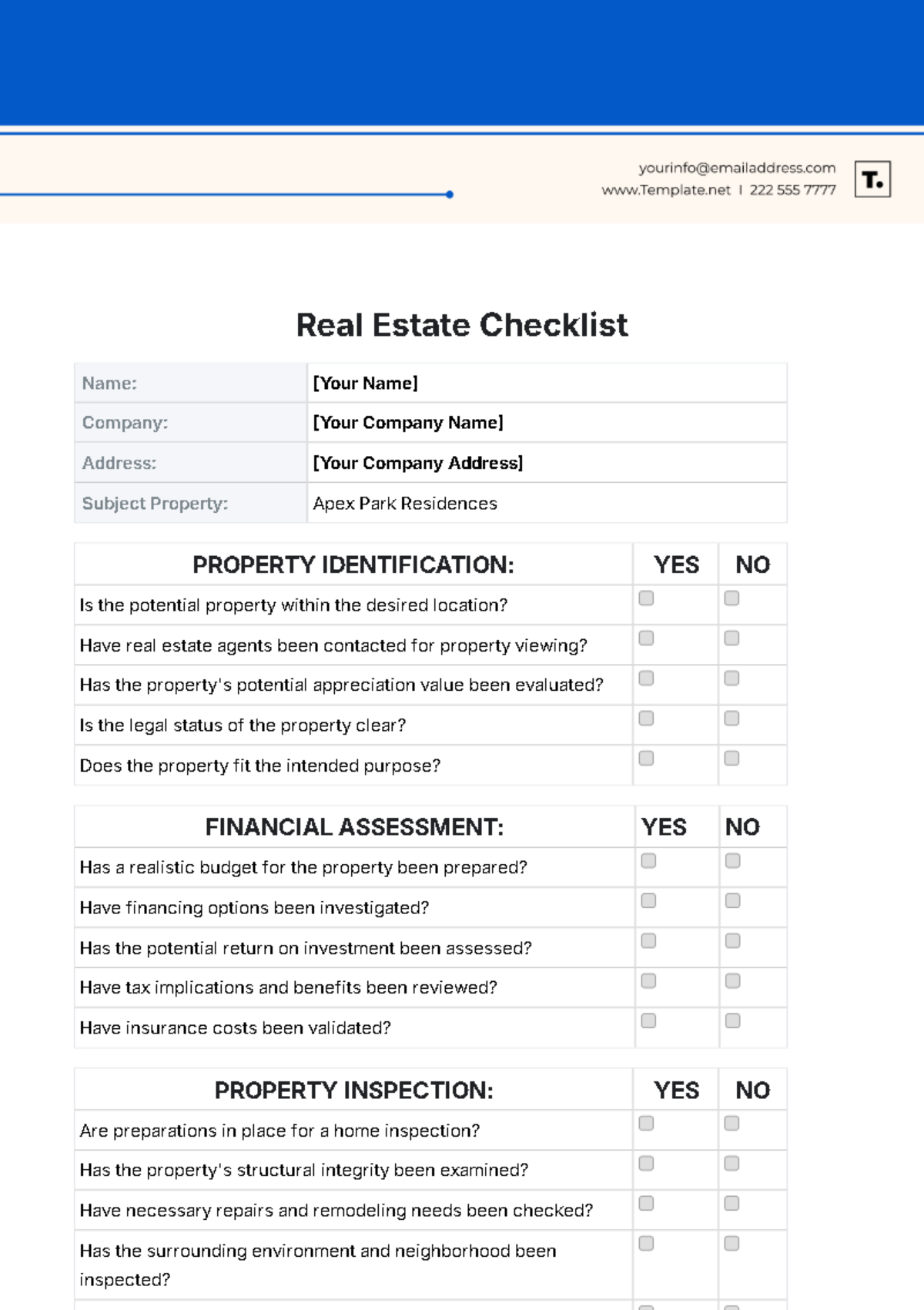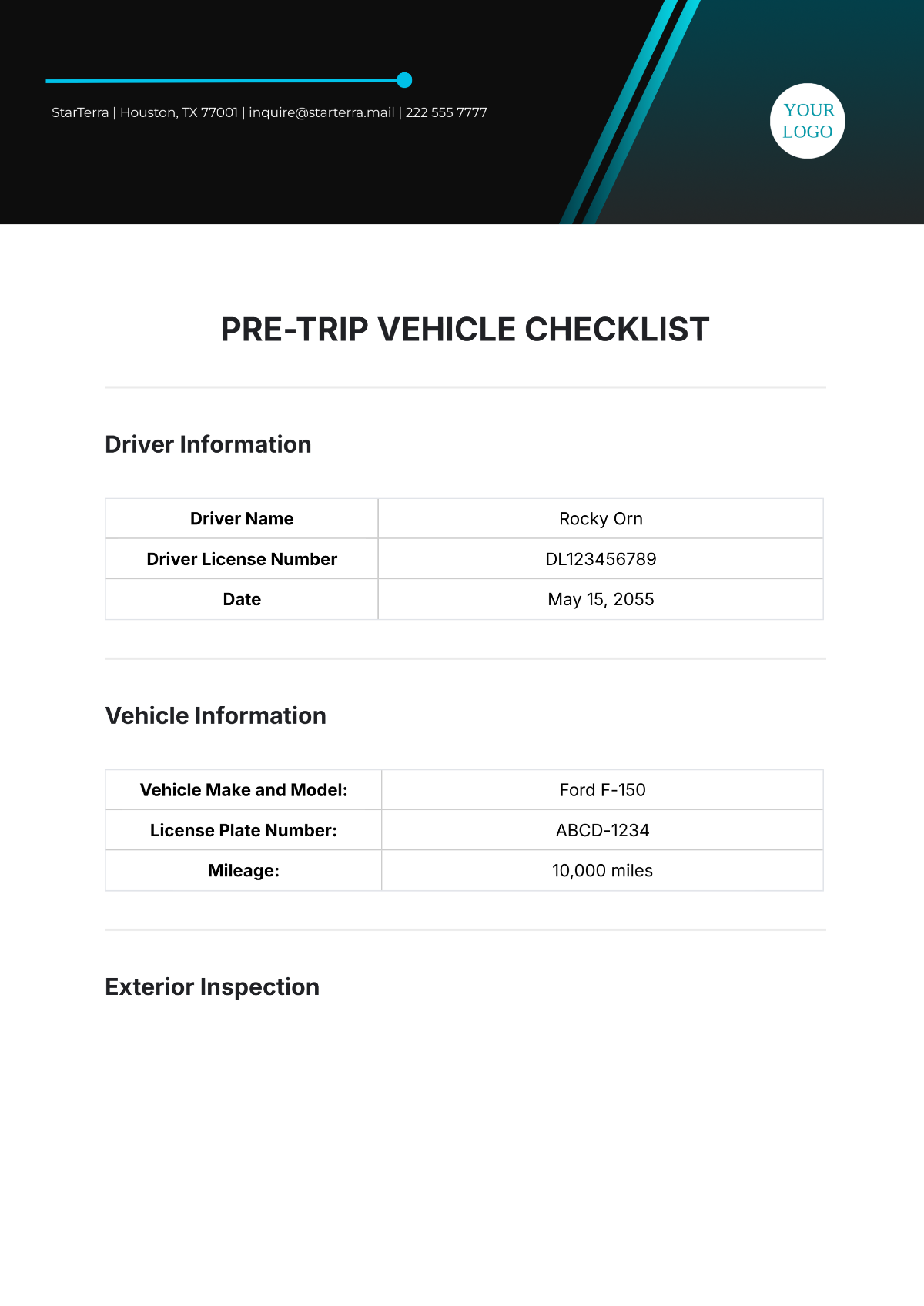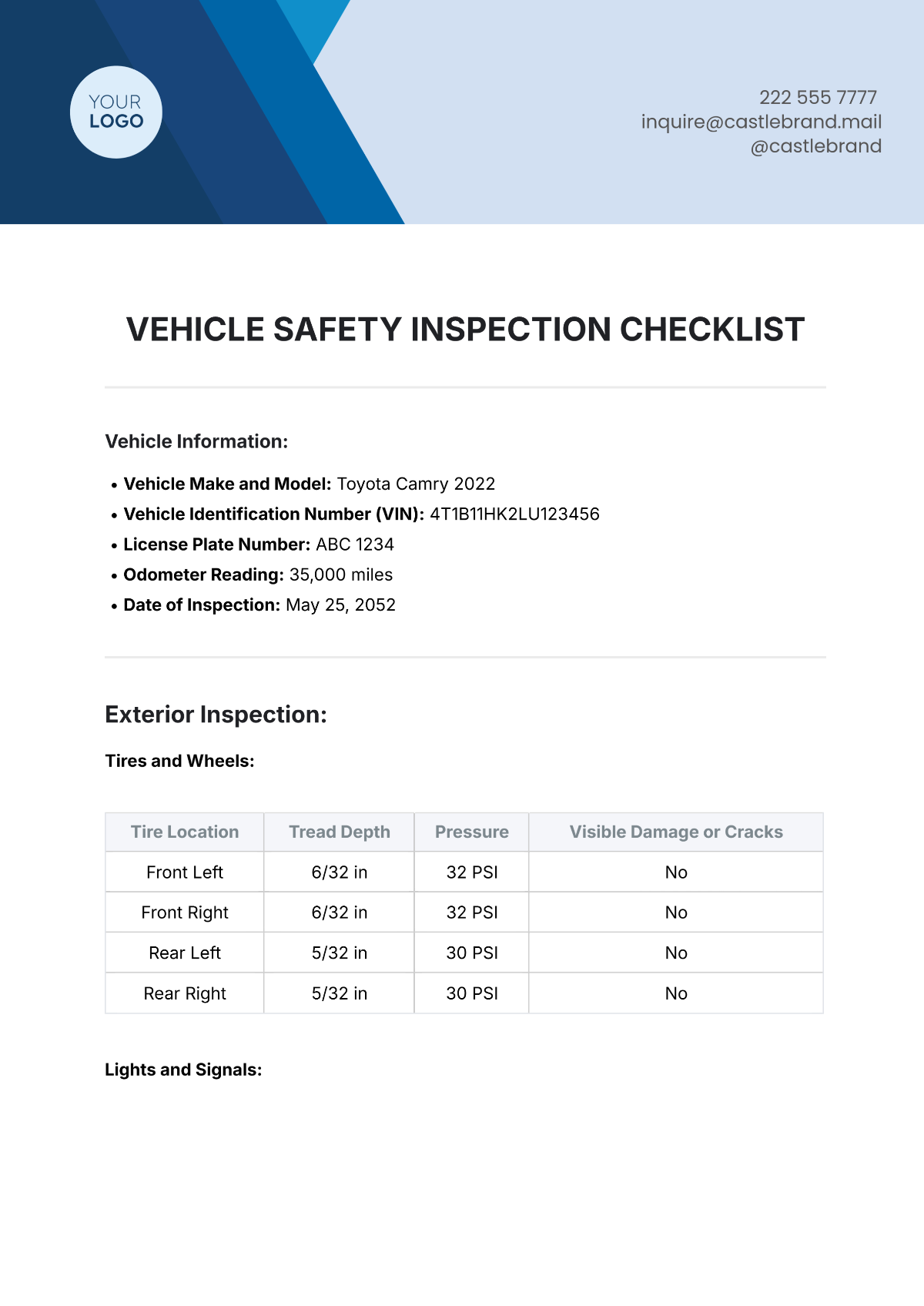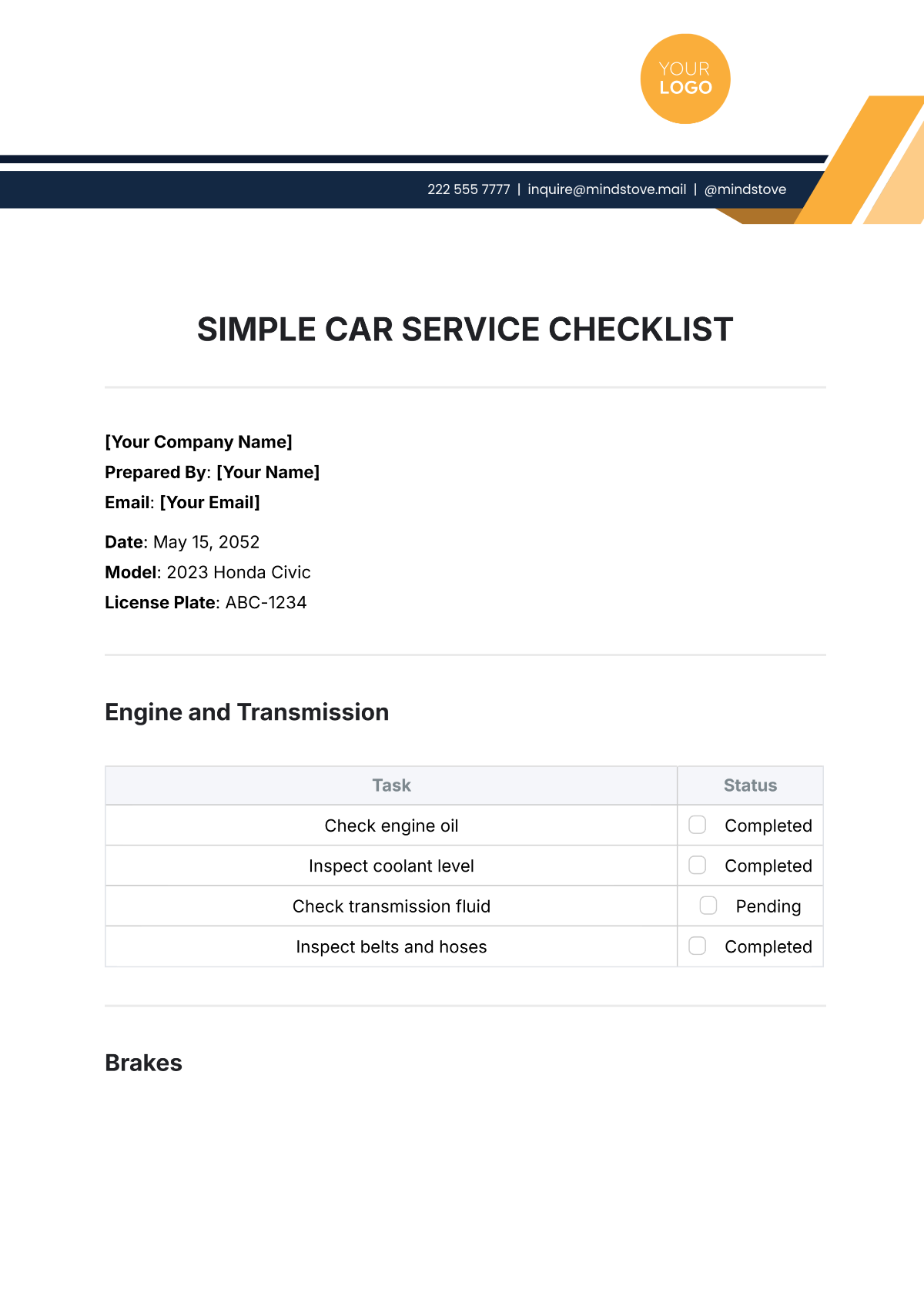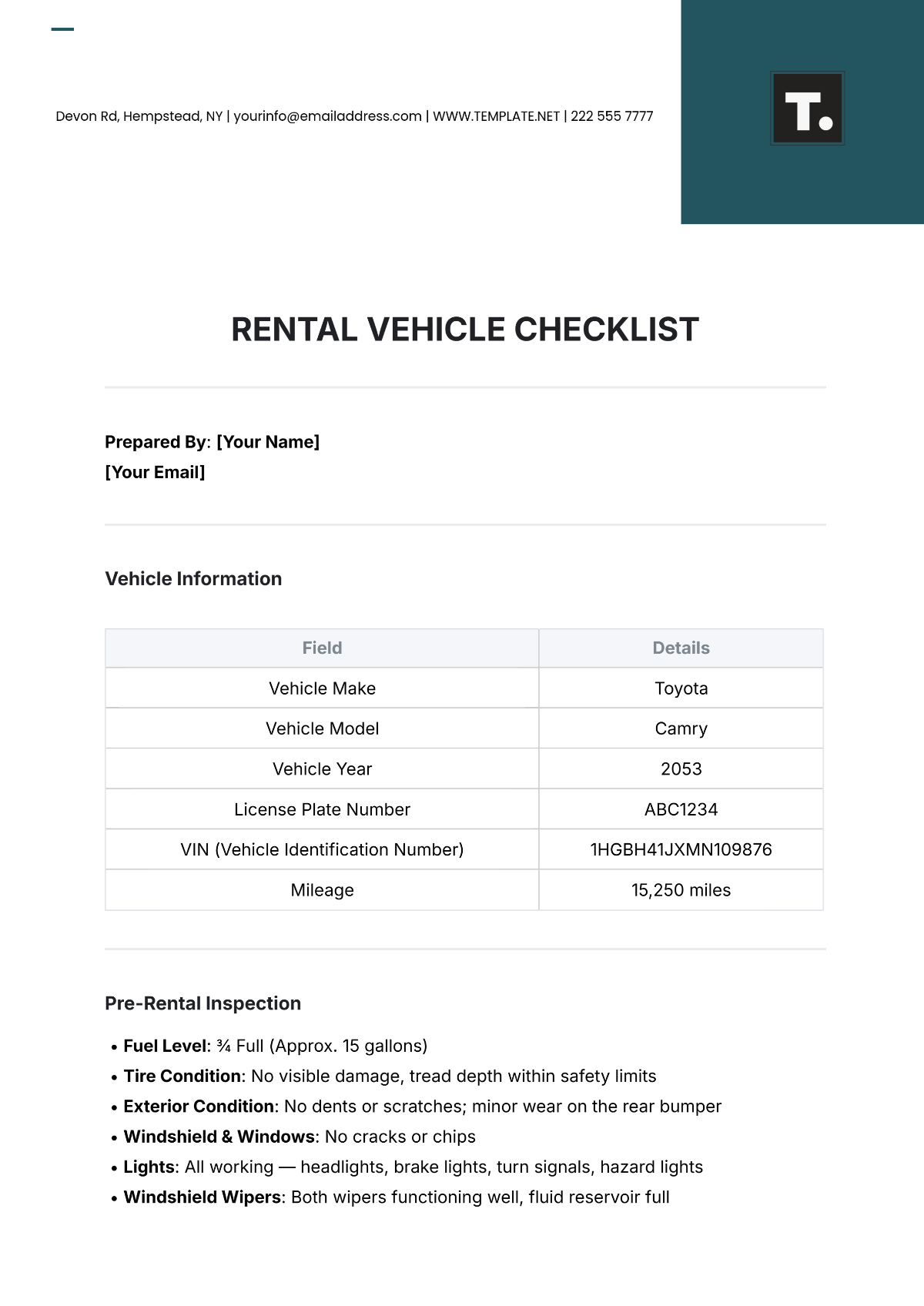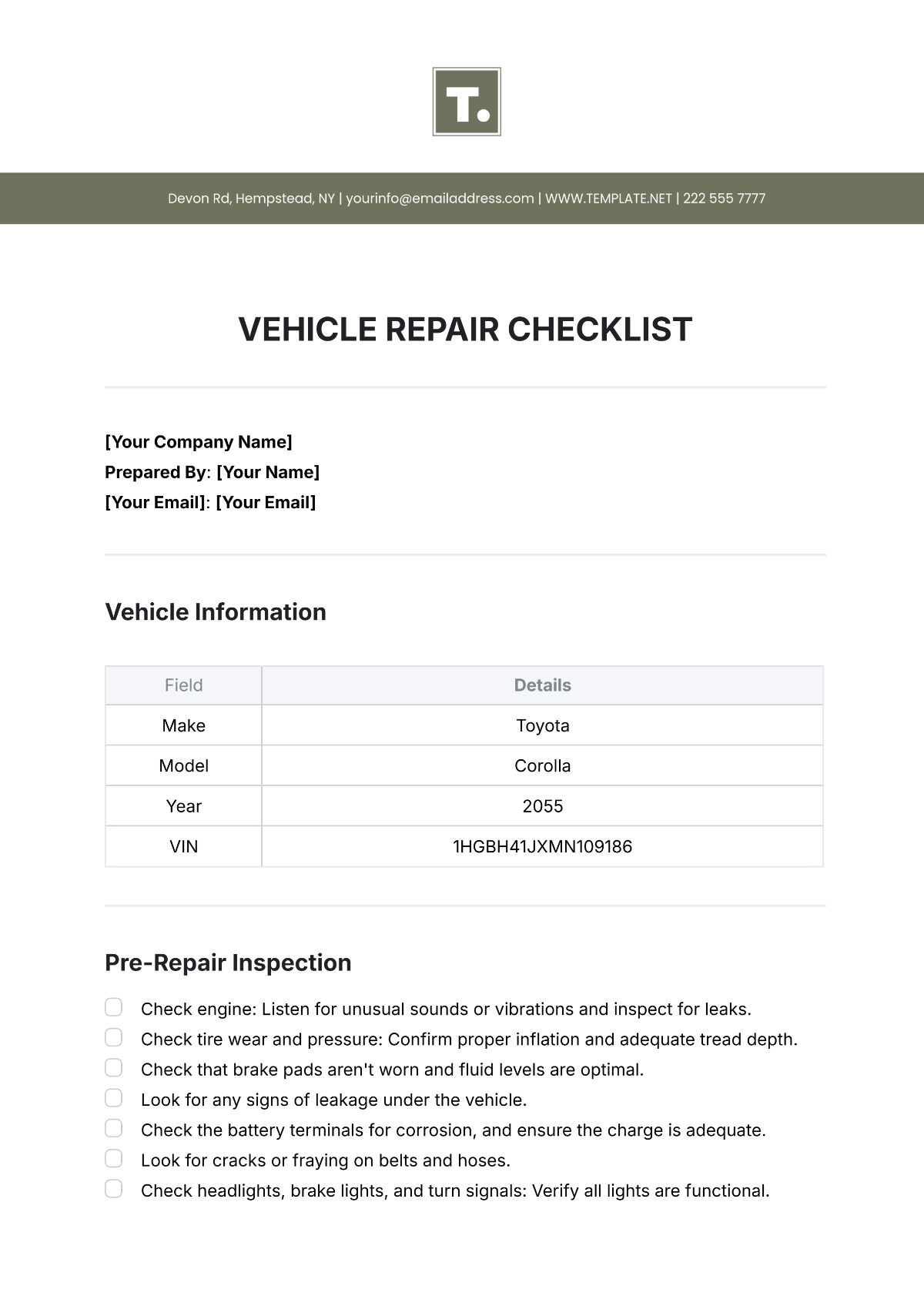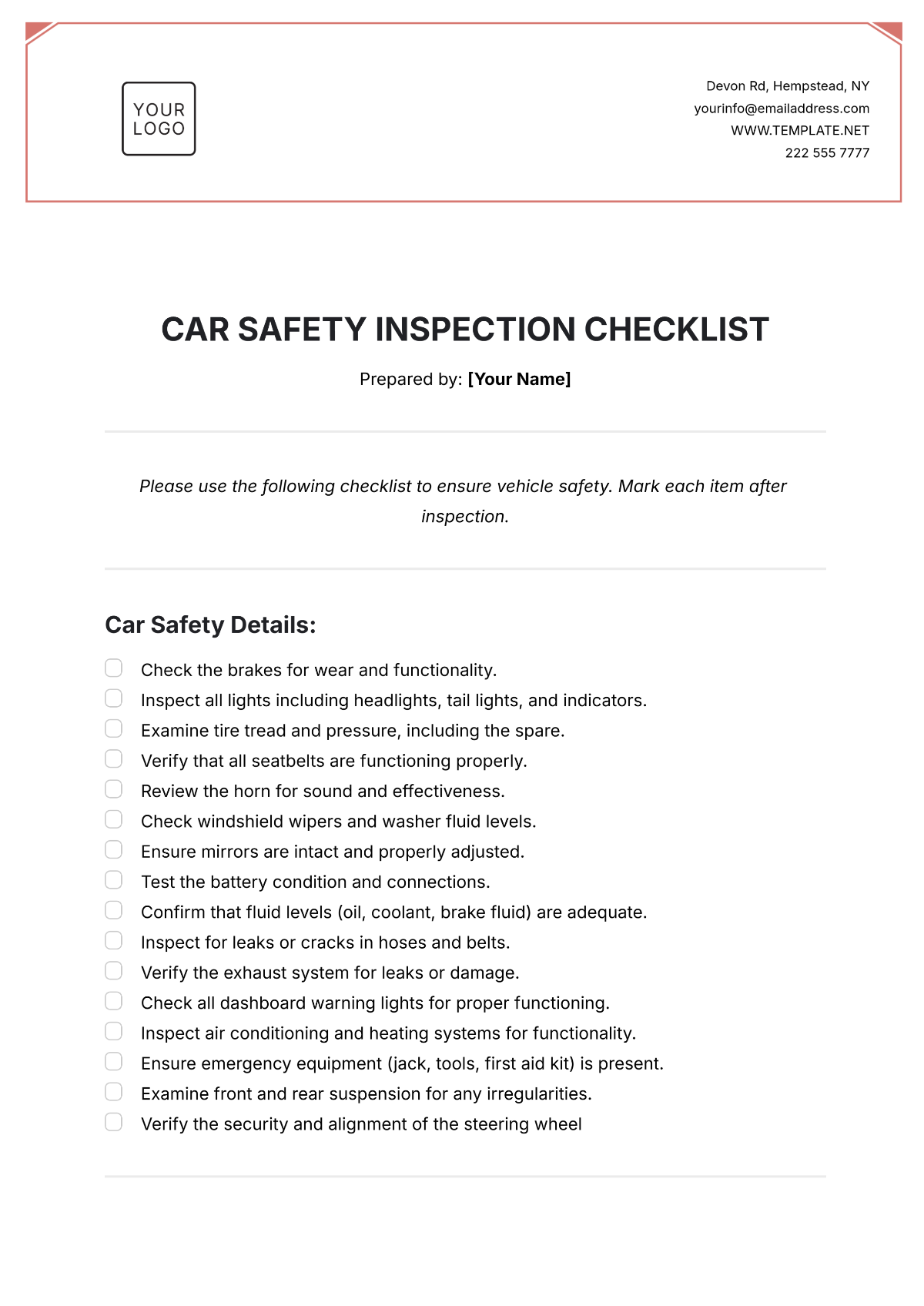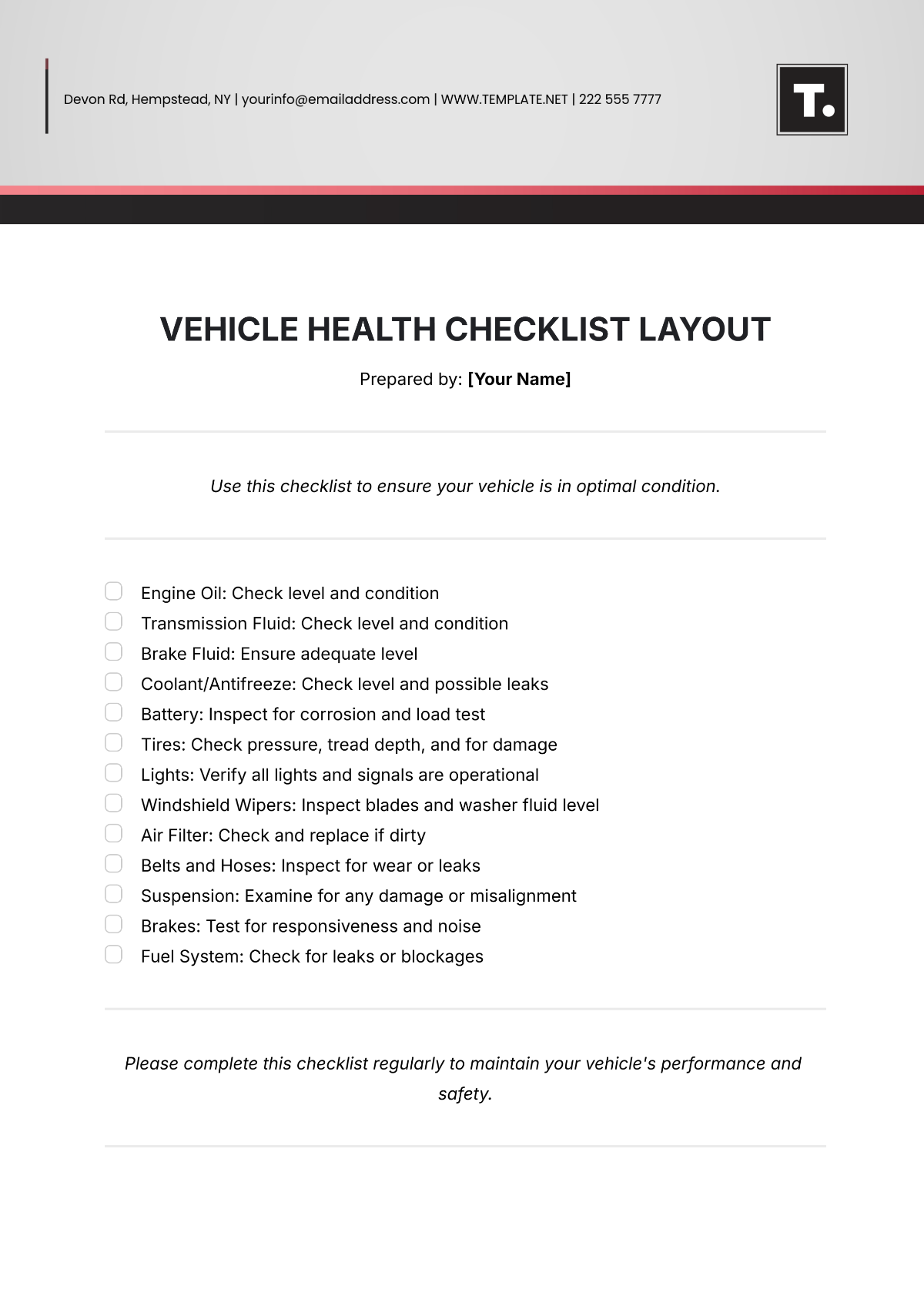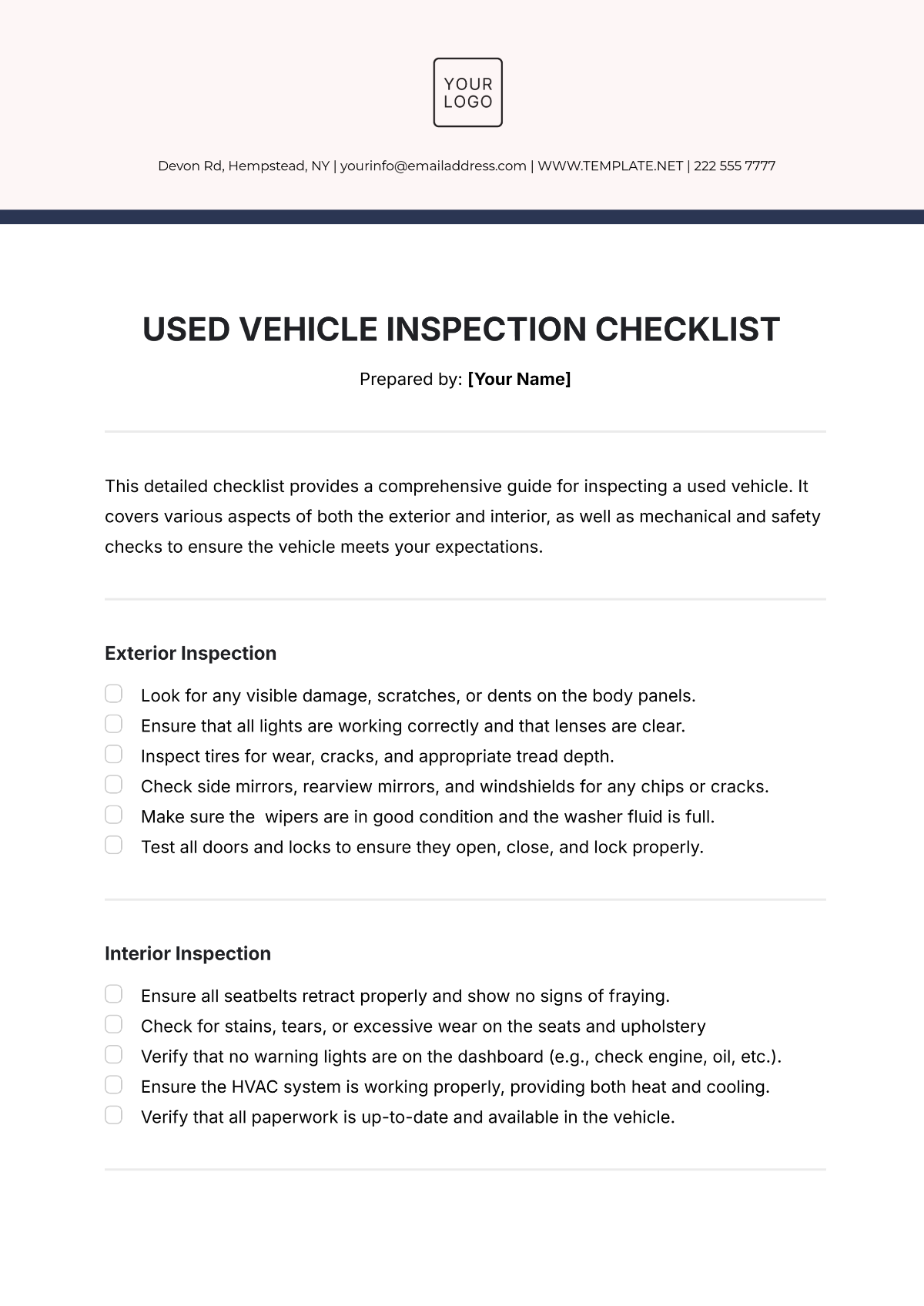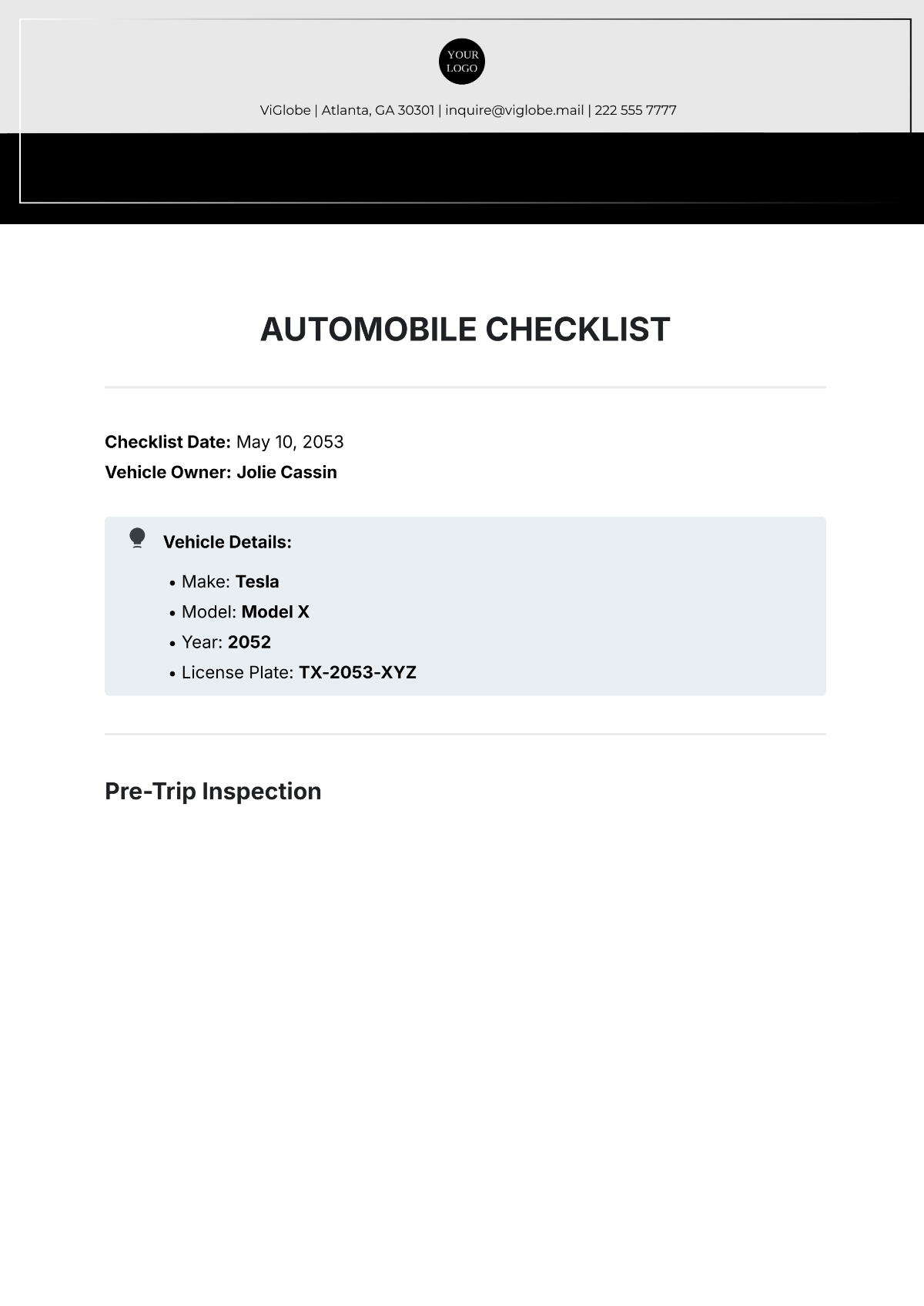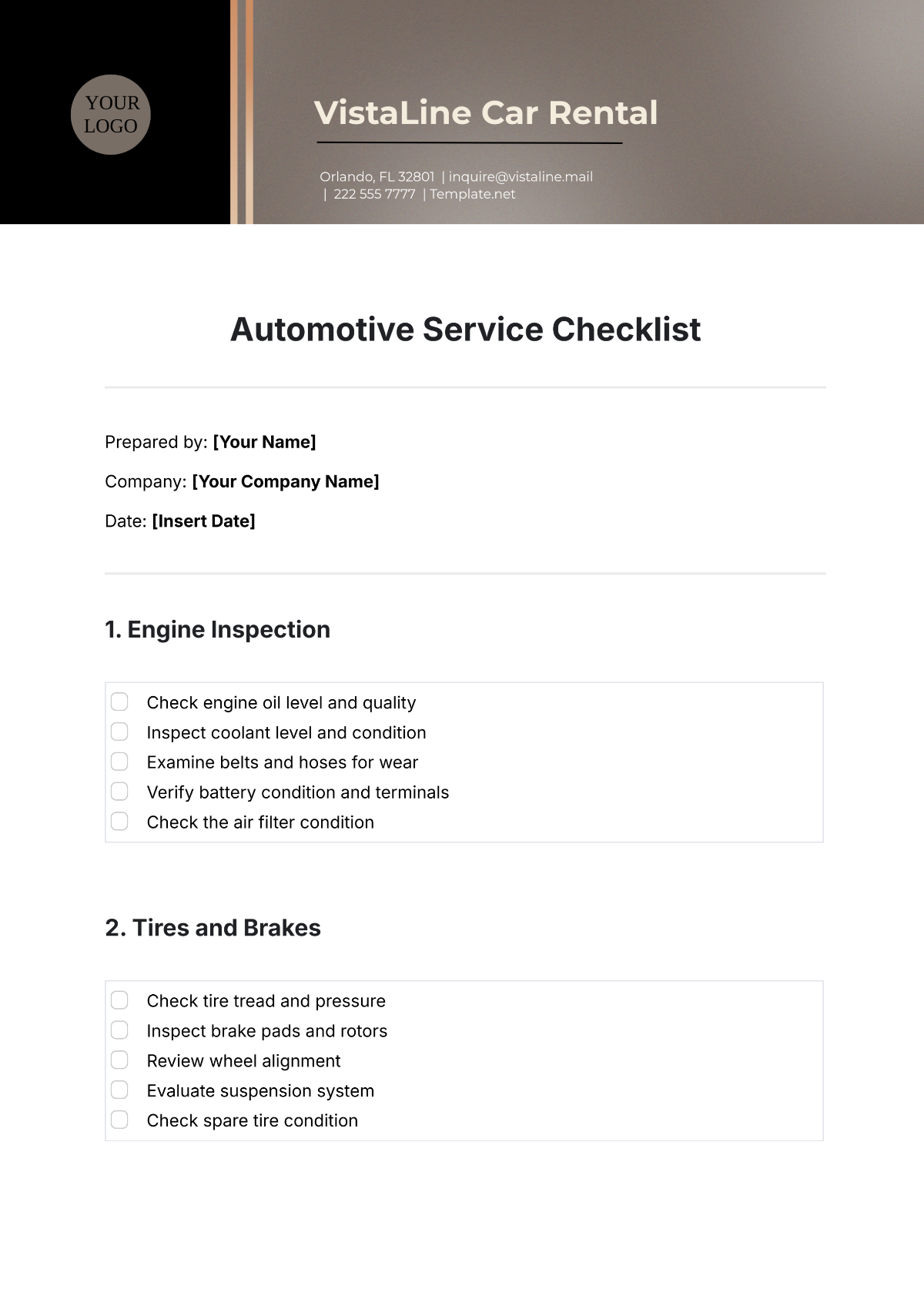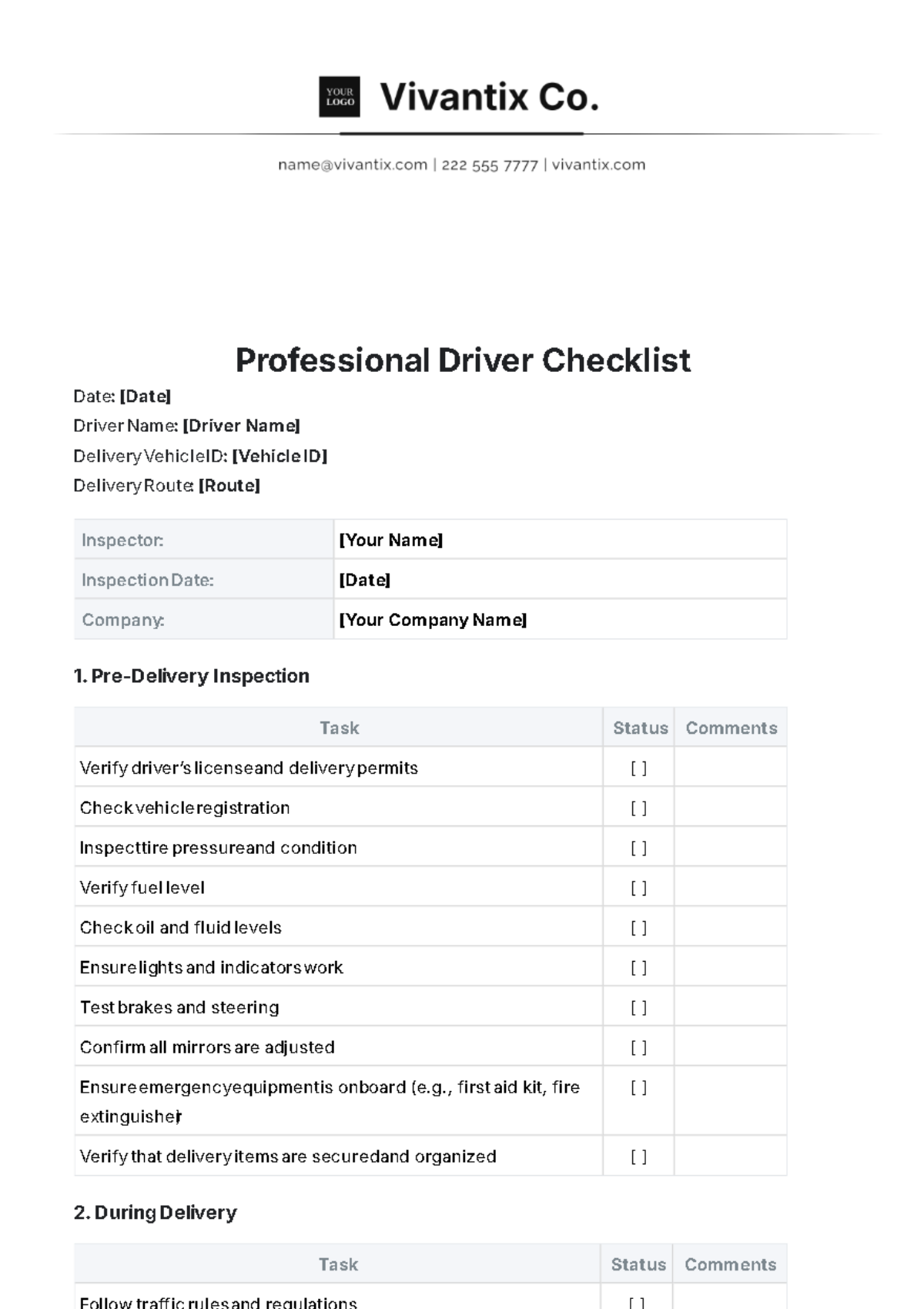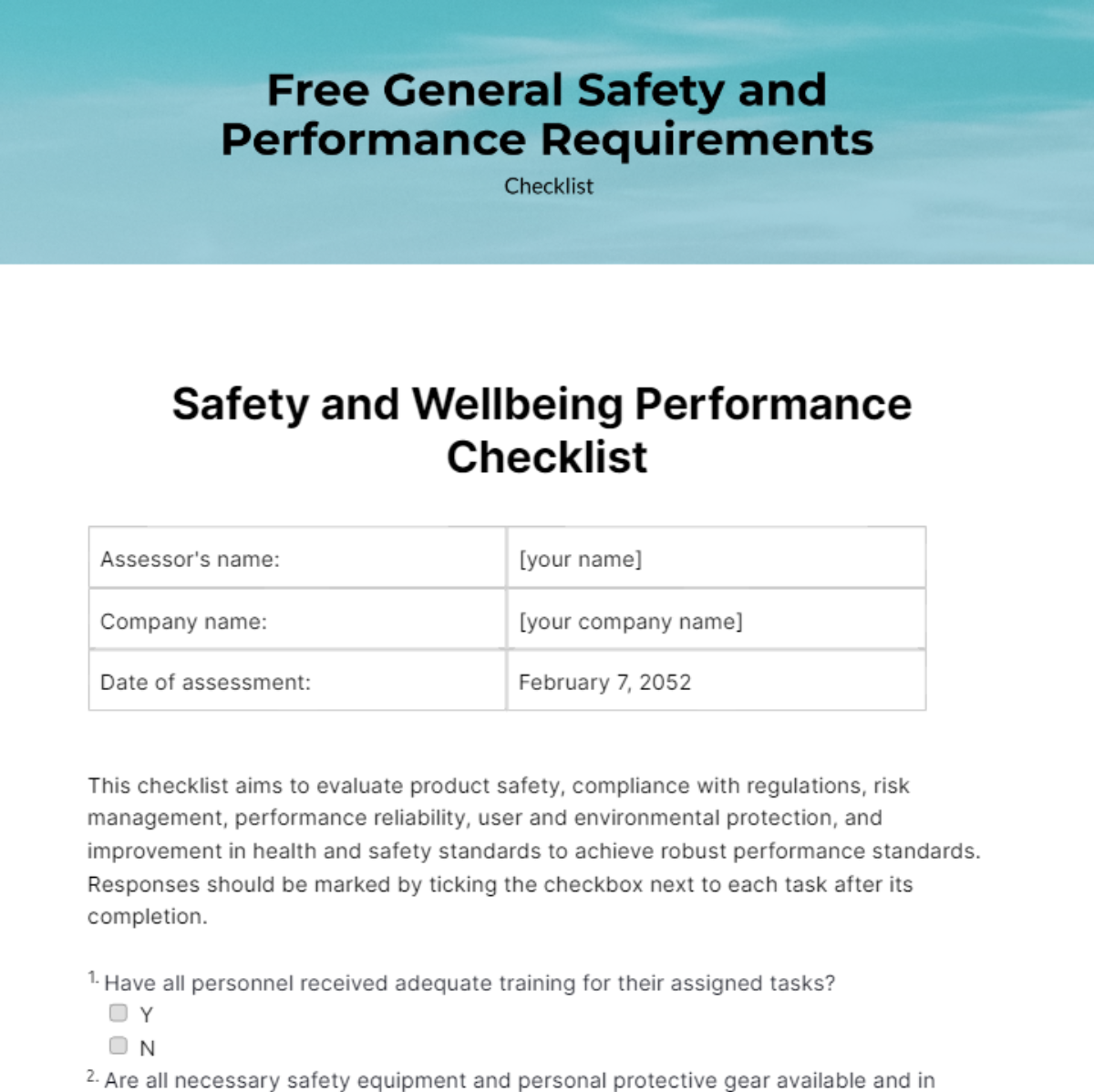Work Site Inspection
The Work Site Inspection Checklist is a critical tool employed by site managers, safety officers, or supervisors to systematically evaluate and enhance safety, compliance, and operational efficiency at a workplace. Its primary purpose is to mitigate risks, ensure regulatory adherence, and foster a secure and productive environment for all personnel.
Safety Measures:
Assess the effectiveness of safety protocols and confirm the accessibility and utilization of appropriate personal protective equipment (PPE).
Verify the visibility and condition of safety signage, emergency exits, and first aid stations.
Inspect and enforce safety measures related to machinery operation and workspace organization.
Environmental Compliance:
Evaluate the workplace's adherence to environmental regulations, particularly concerning waste disposal and hazardous materials.
Monitor the handling and storage of materials to prevent environmental harm.
Implement measures to minimize the ecological impact of work activities.
Equipment and Tools:
Inspect and verify the condition, maintenance, and proper usage of tools and equipment.
Confirm that equipment operators possess necessary certifications, and regularly check for safety features.
Ensure secure storage of fuels and lubricants to prevent environmental contamination.
Structural Integrity:
Assess the structural integrity of buildings, scaffolding, and temporary structures.
Confirm that all construction components meet engineering specifications and safety standards.
Identify and address any signs of structural instability or potential hazards.
Emergency Preparedness:
Evaluate the availability and accessibility of emergency response equipment, such as fire extinguishers, first aid kits, and emergency exits.
Ensure that personnel are trained on emergency evacuation procedures and response protocols.
Confirm the readiness of on-site emergency teams and communication systems.
Worksite Organization:
Assess the organization and cleanliness of the worksite to prevent tripping hazards and facilitate efficient operations.
Verify that materials are stored in designated areas and labeled appropriately.
Evaluate the overall organization of tools, ensuring a clutter-free and safe working environment.
Permit and Documentation:
Confirm the presence and validity of required permits and licenses for work activities.
Verify that all workers on-site have completed necessary safety training and possess relevant certifications.
Ensure that documentation, including plans and permits, is readily available for inspection.
Workforce Compliance:
Assess whether workers are using PPE correctly and adhering to safety guidelines.
Confirm that personnel are aware of and following established safety procedures and protocols.
Monitor the site for compliance with regulations related to working hours and breaks.
Utilities and Services:
Confirm that utility lines are identified, marked, and protected during work activities.
Assess the adequacy of utilities, such as water and electricity, for the needs of the work project.
Verify the presence and accessibility of utility shut-off points in case of emergencies.
Community Relations:
Evaluate the impact of work activities on the local community, addressing noise, dust, and traffic concerns.
Ensure proper communication with neighboring properties about upcoming work activities.
Address community complaints or concerns in a timely and transparent manner.
Regular Inspection Schedules:
Implement a regular schedule for worksite inspections to monitor ongoing compliance and safety measures.
Conduct surprise inspections to identify potential issues and ensure continuous improvement.
Document and communicate findings to relevant stakeholders for corrective actions.
